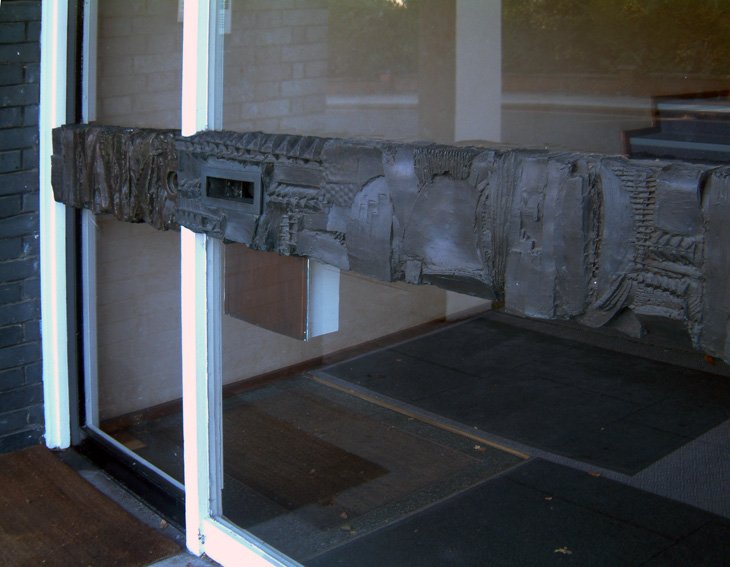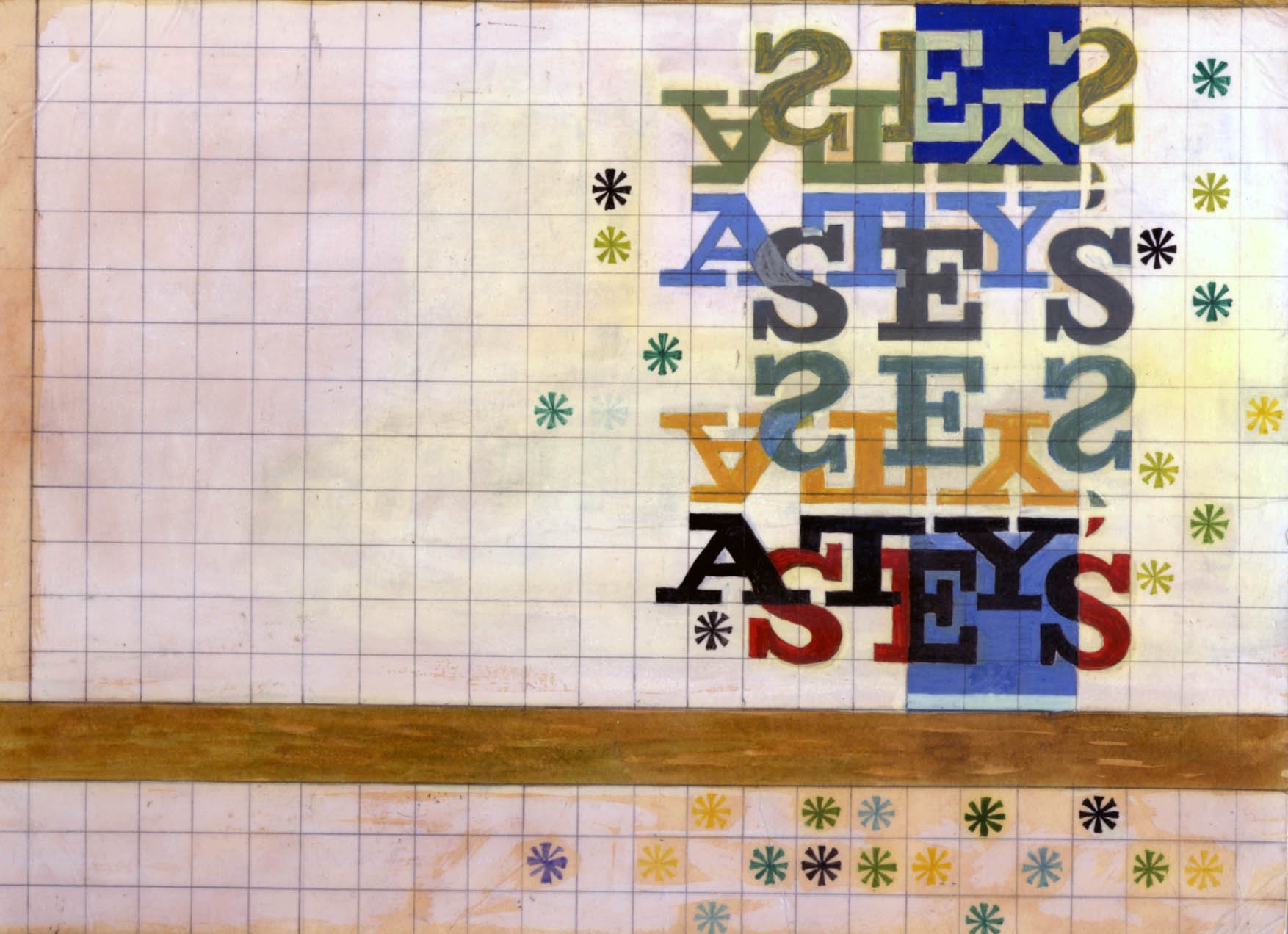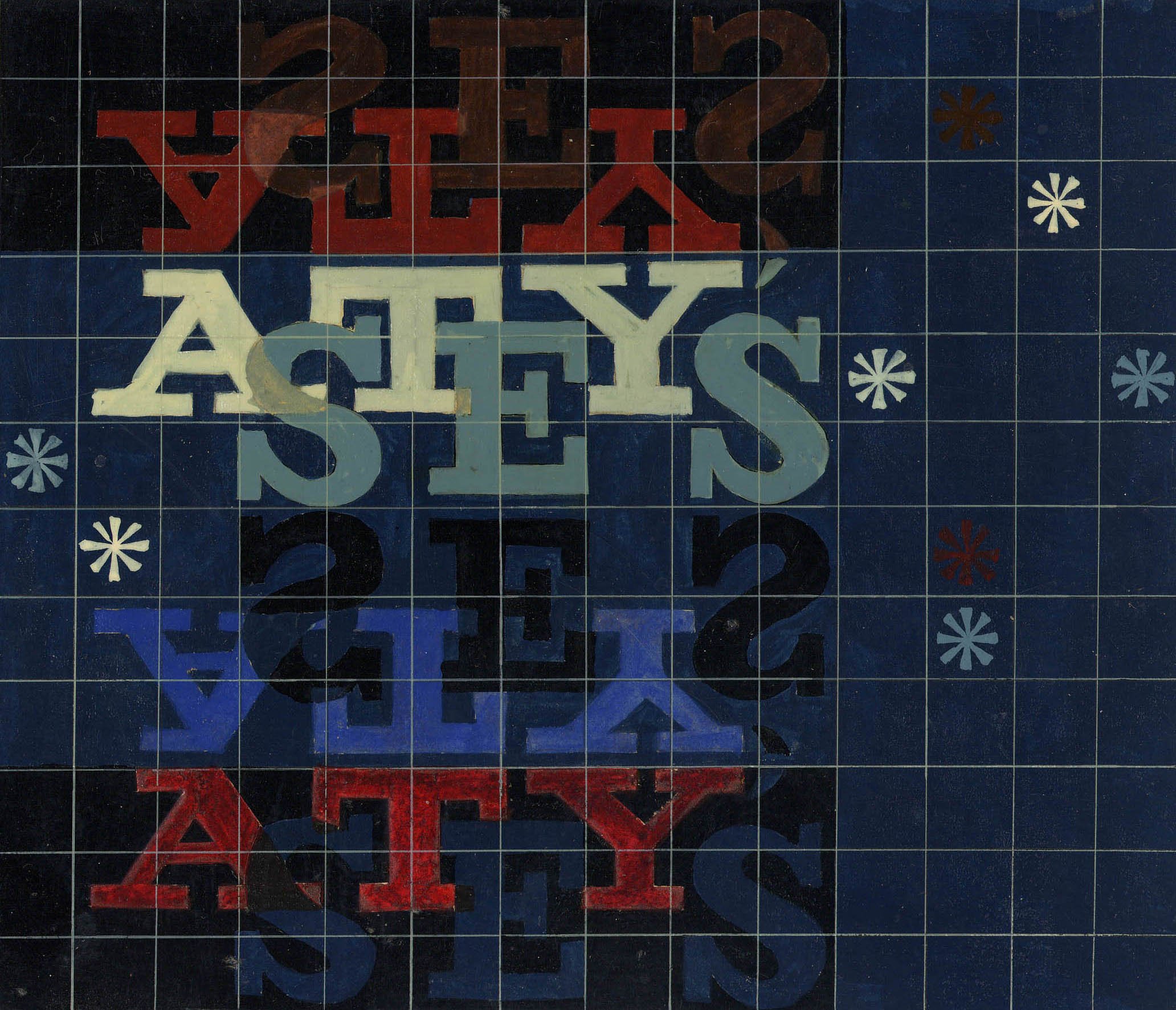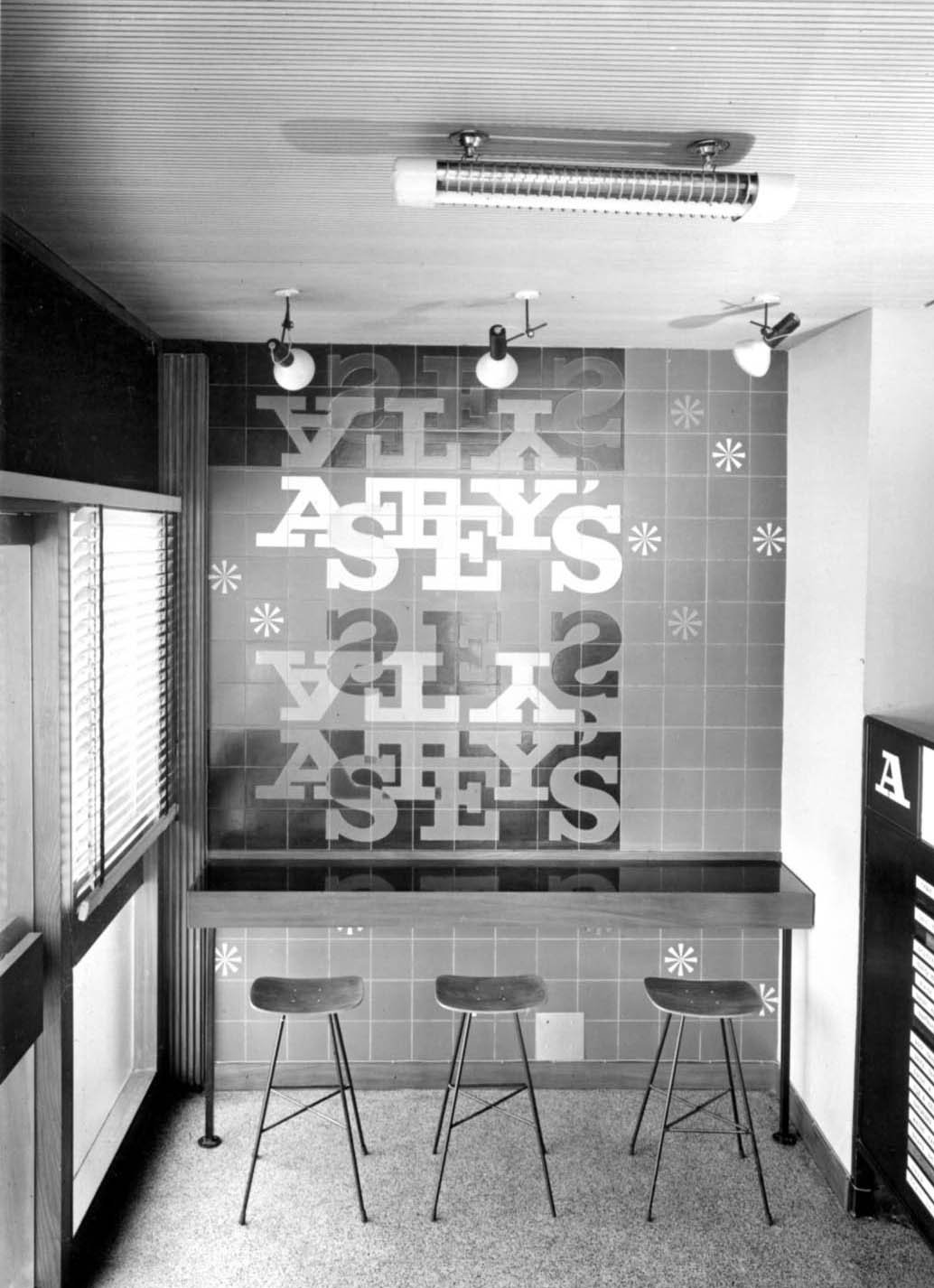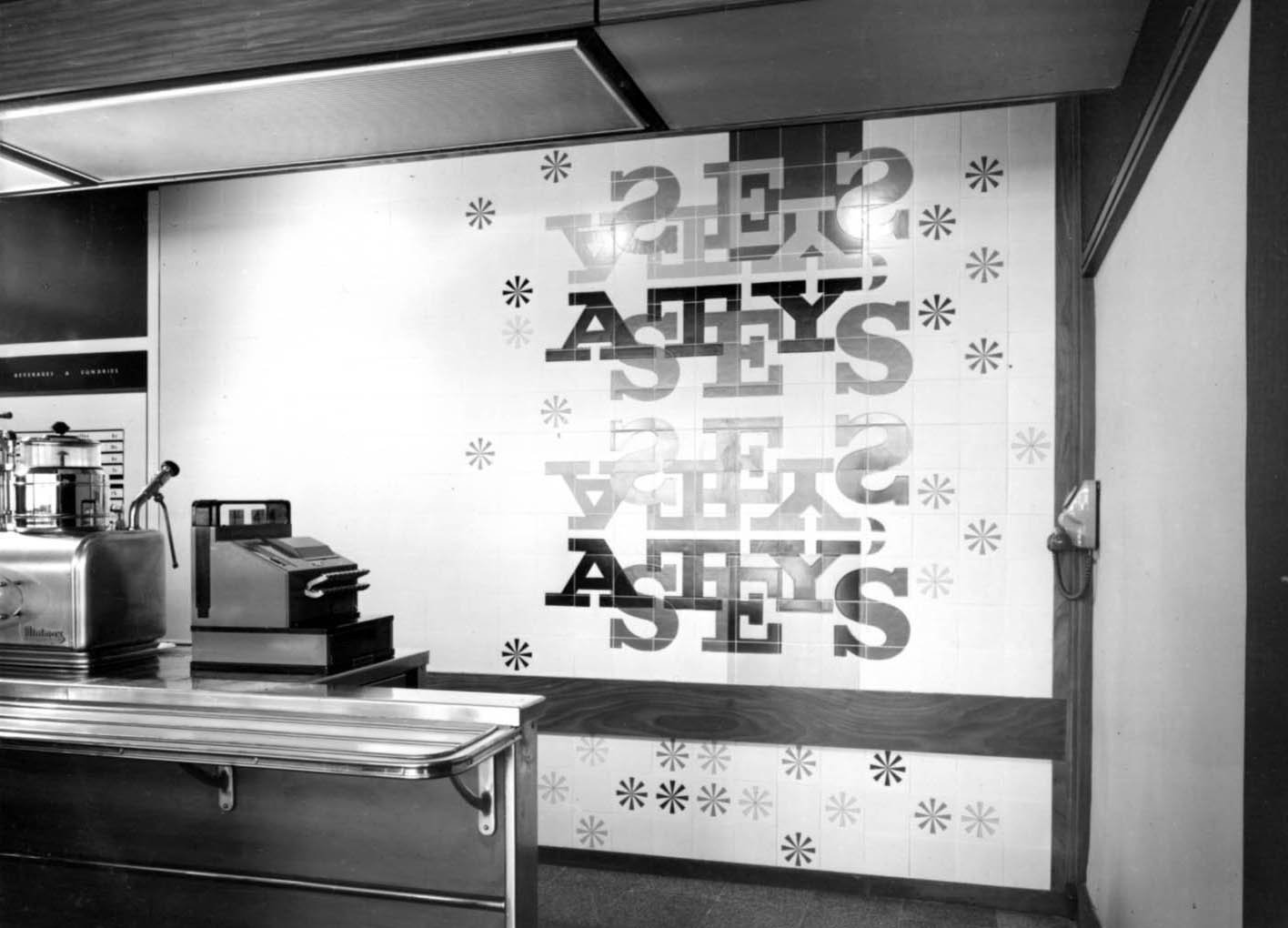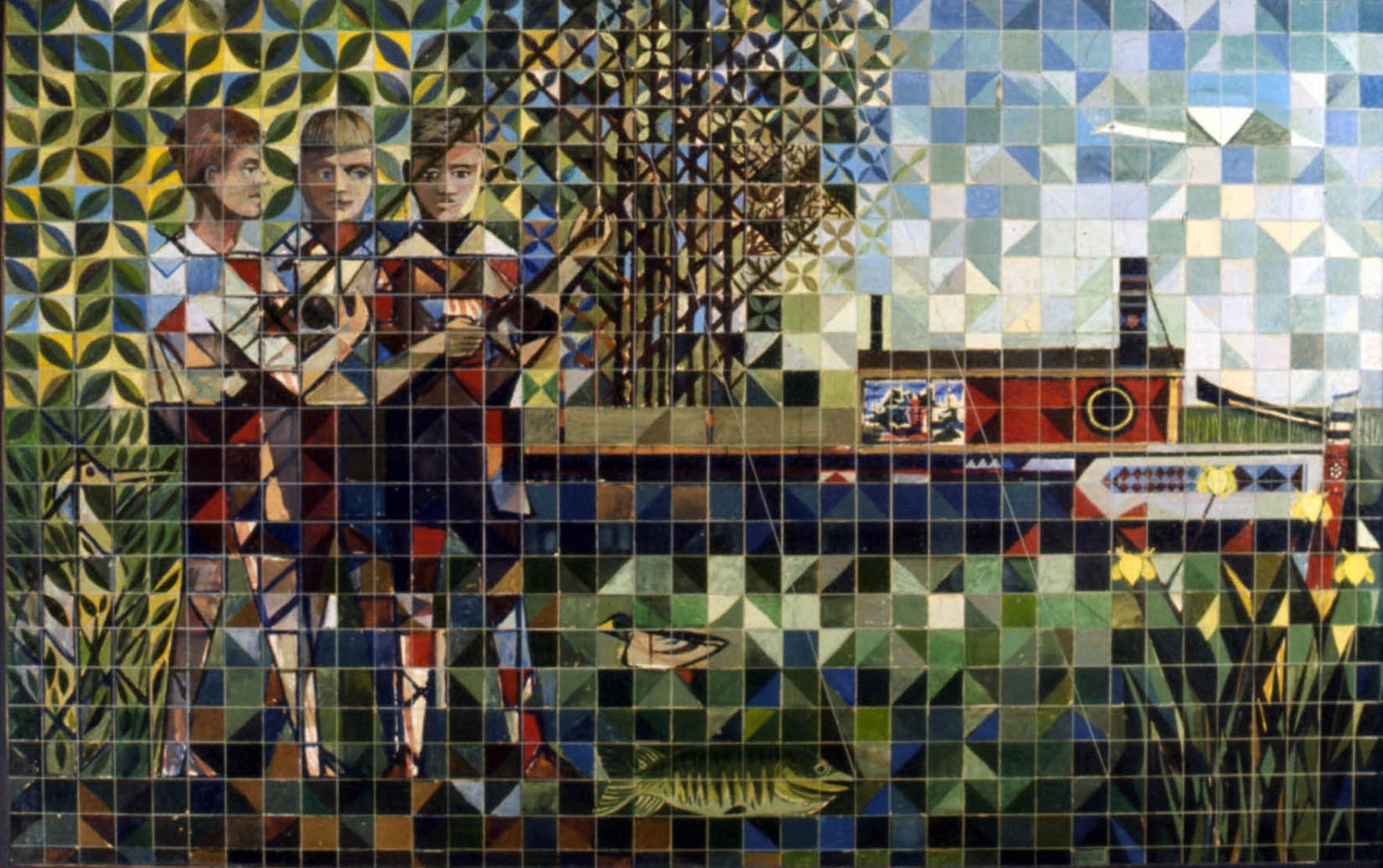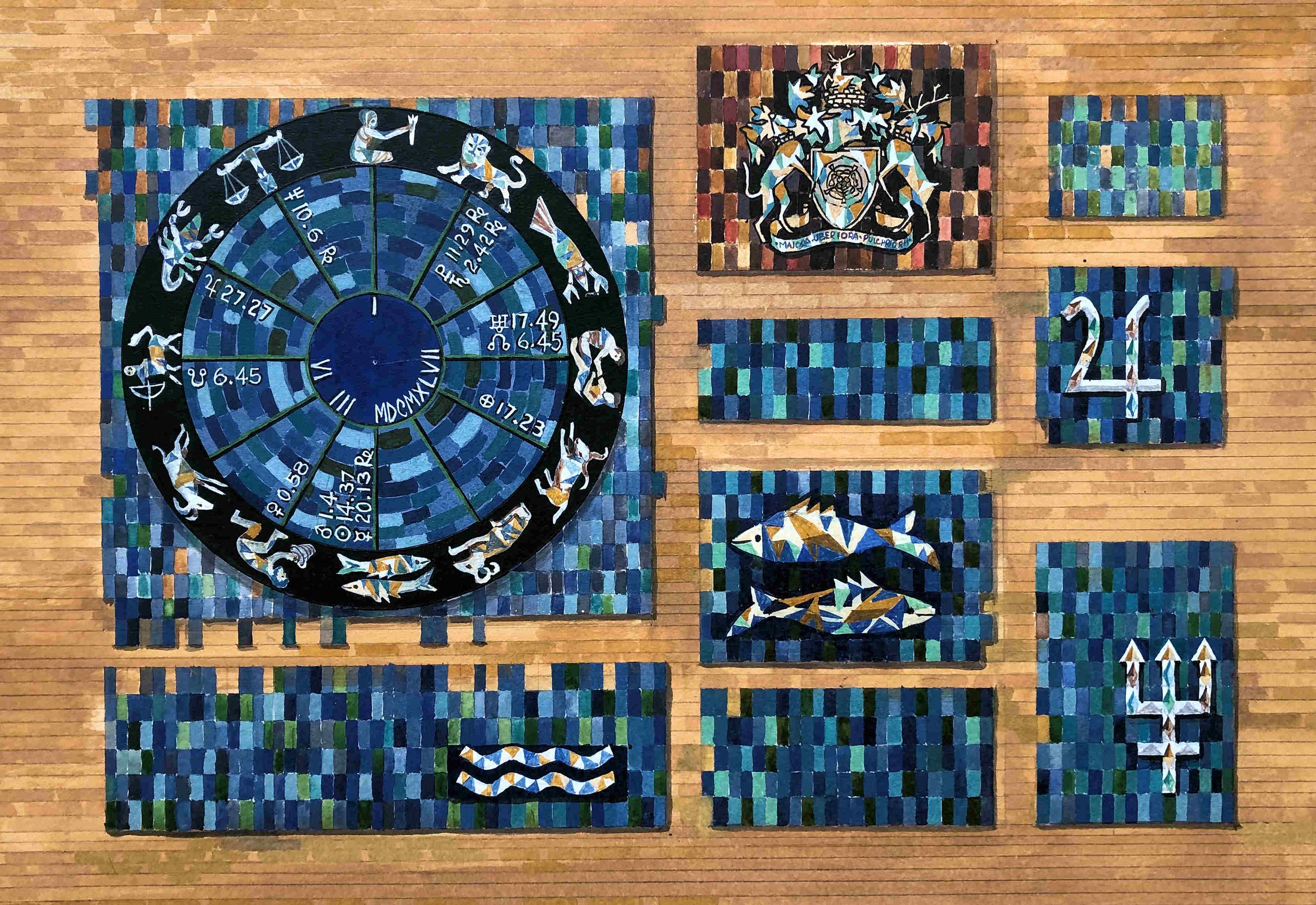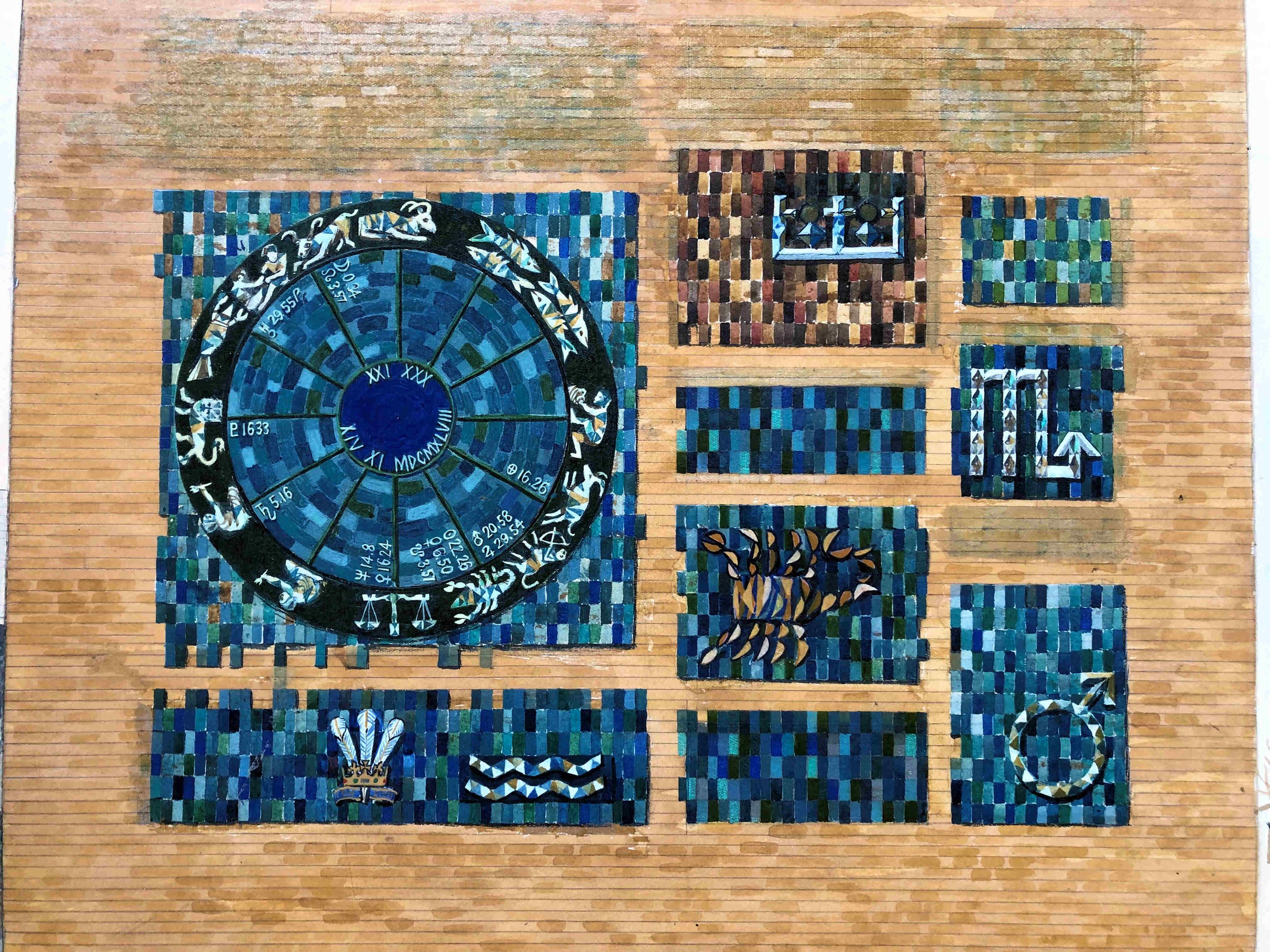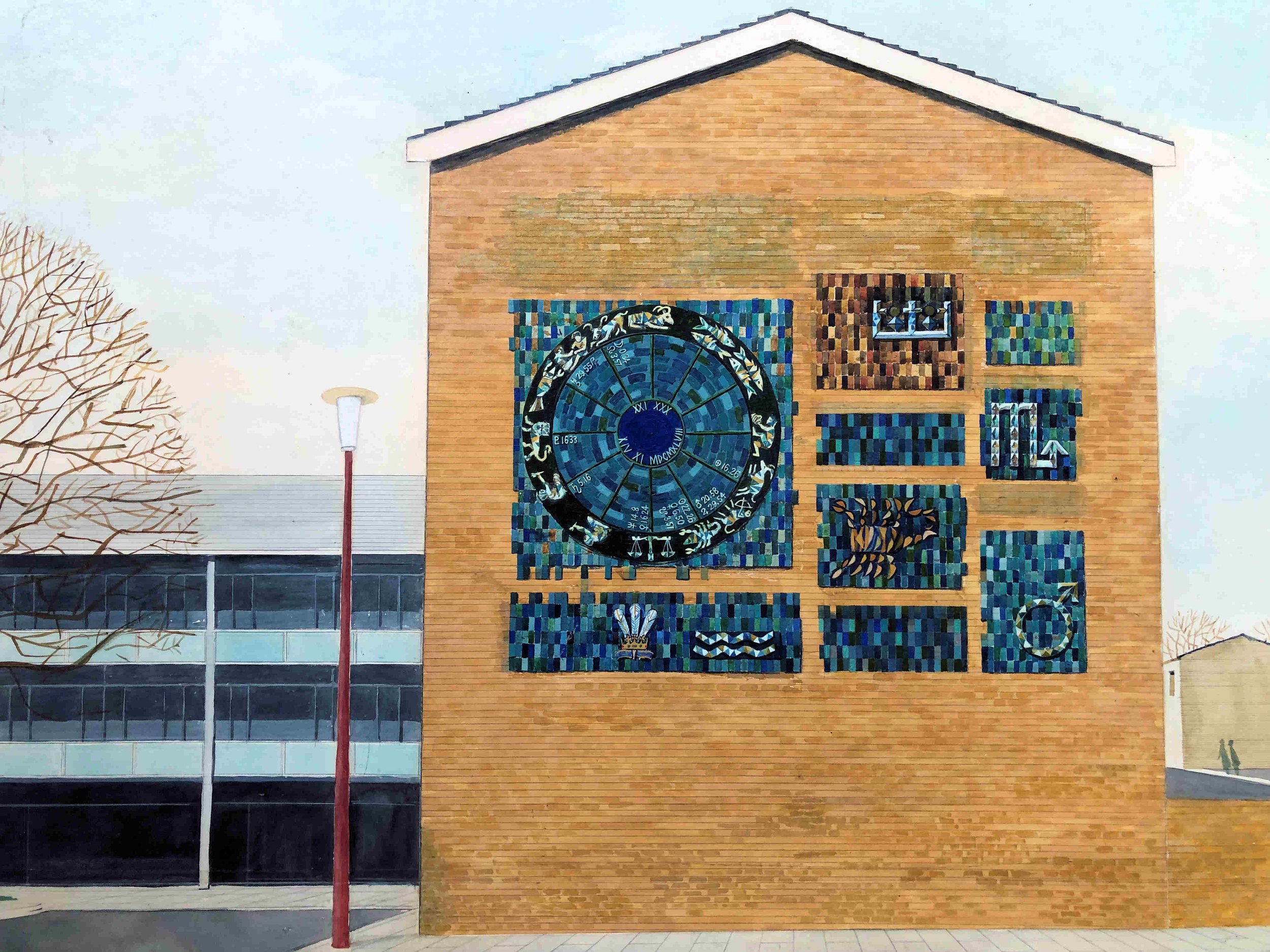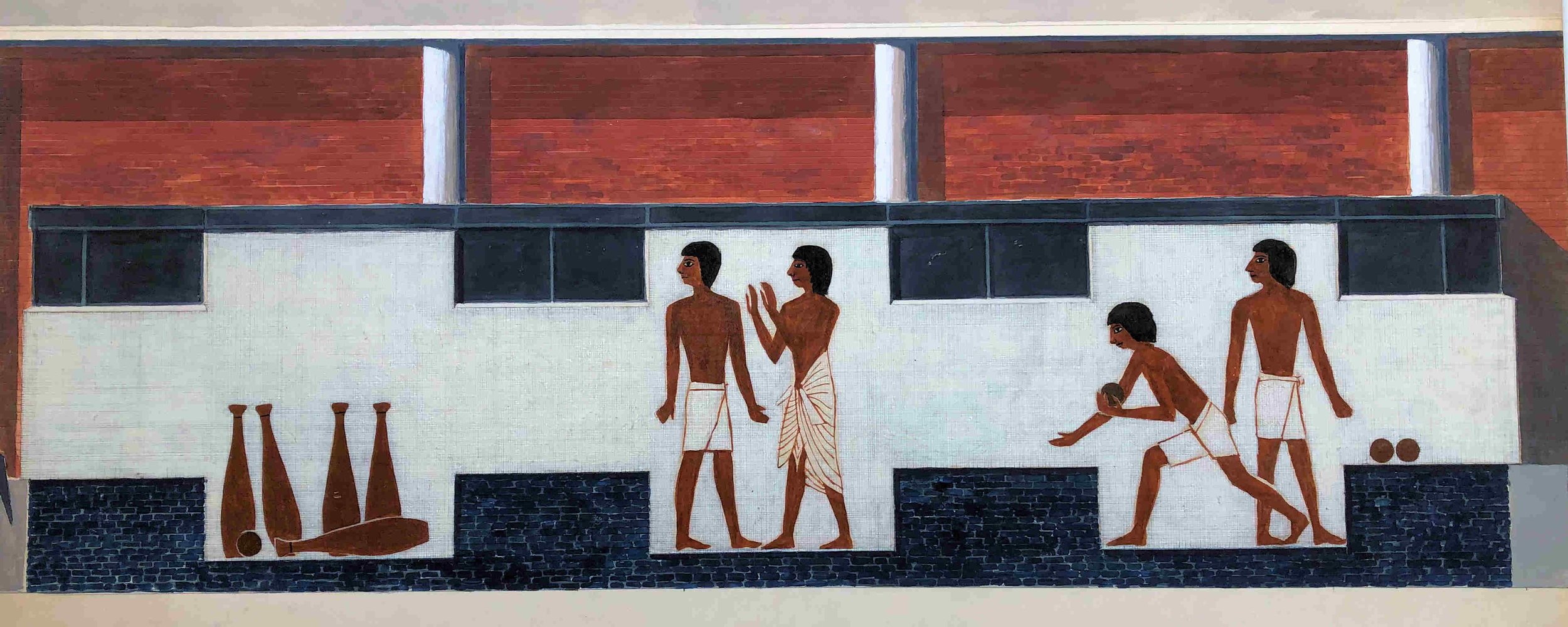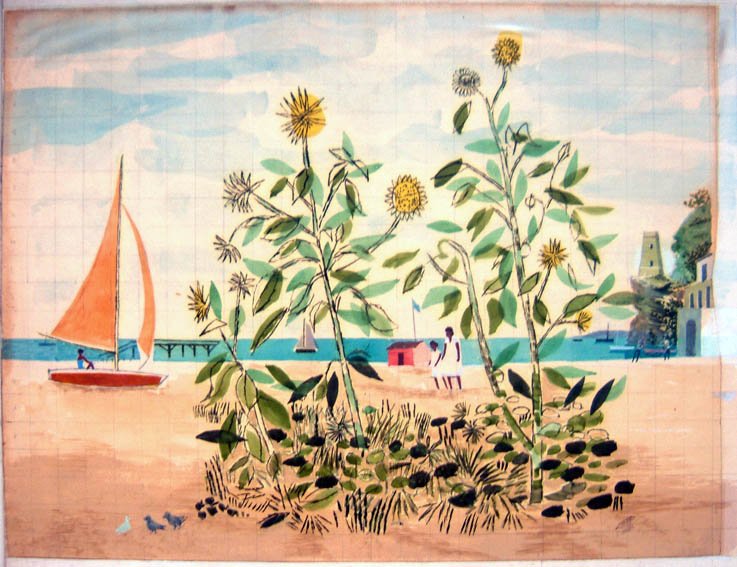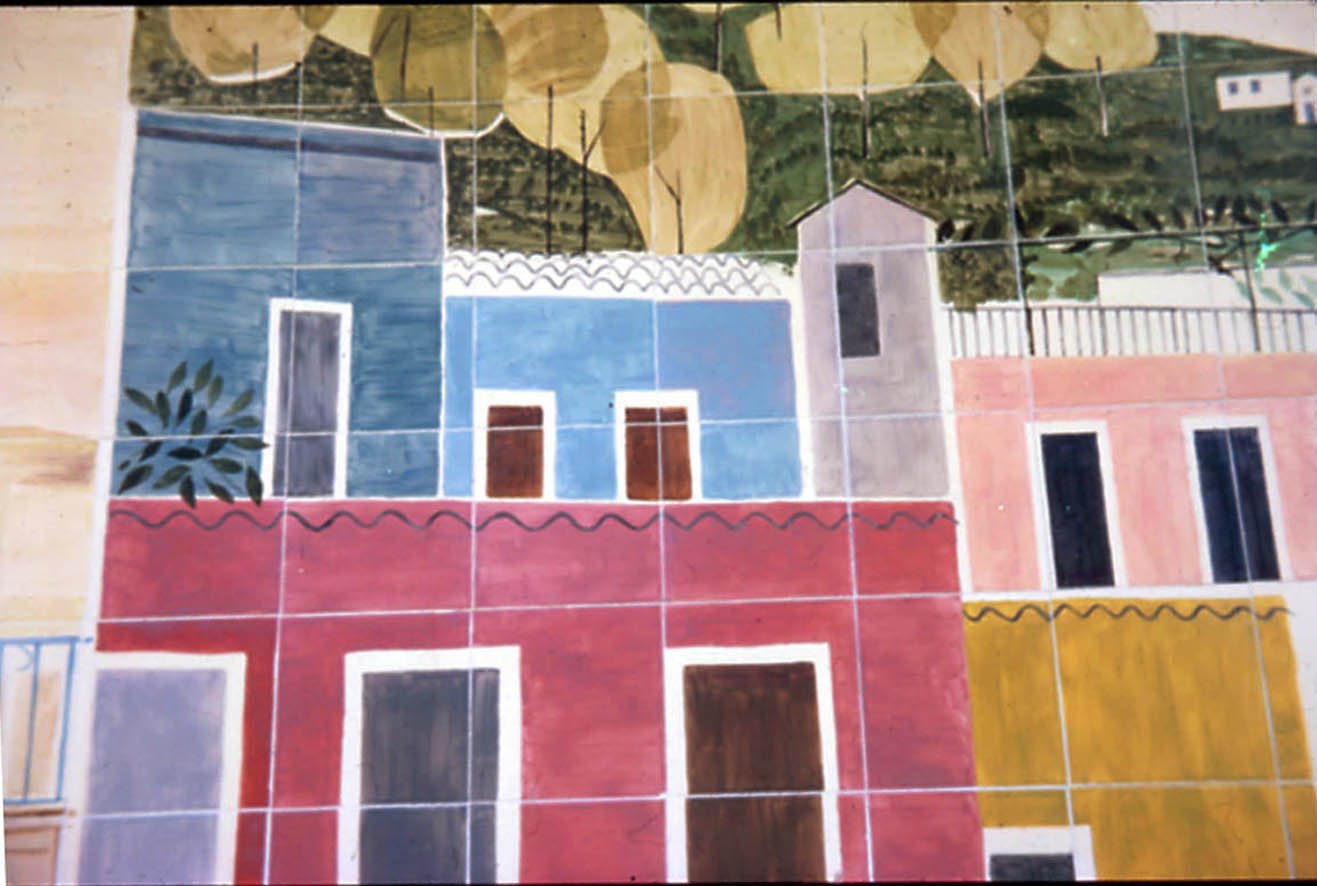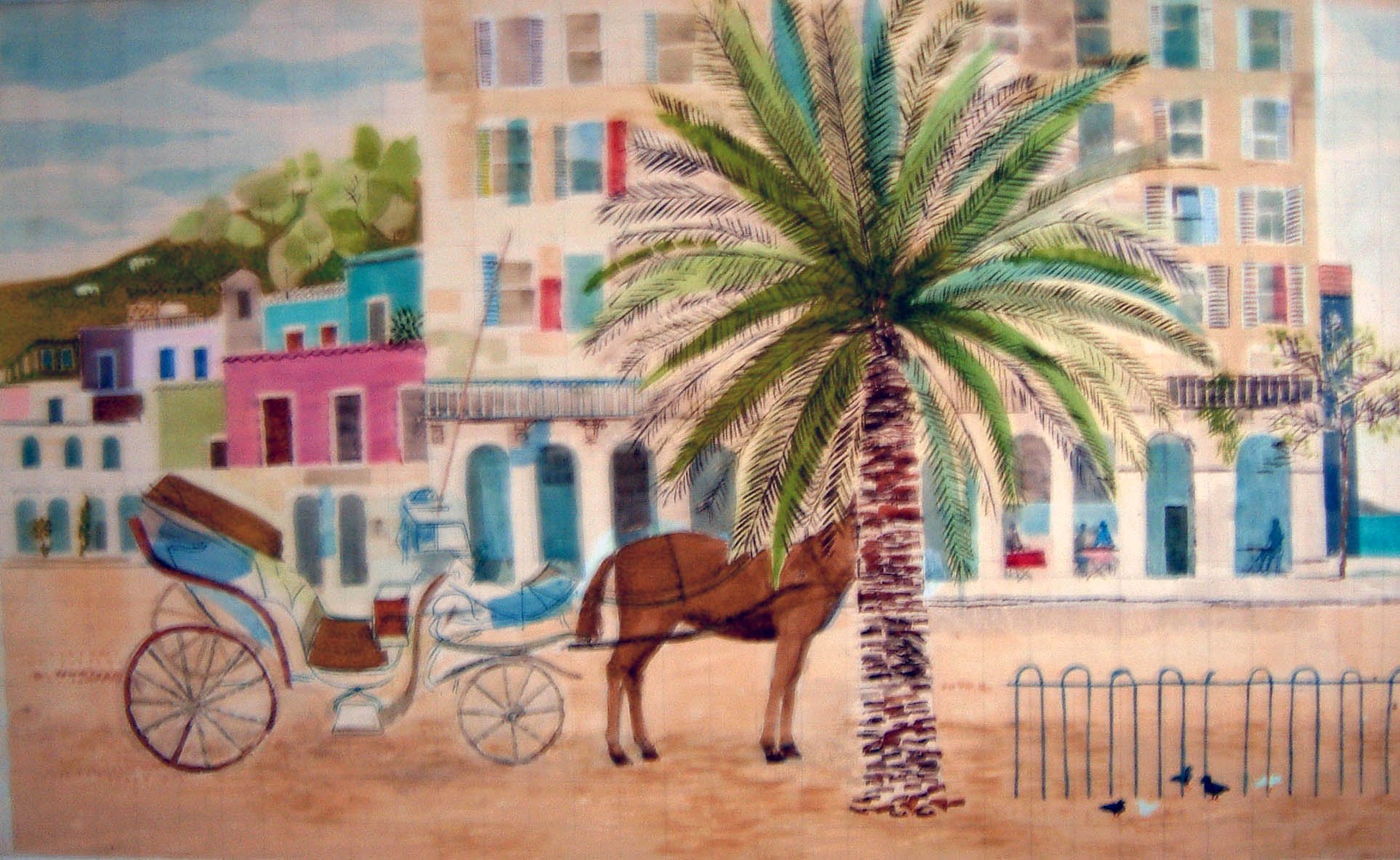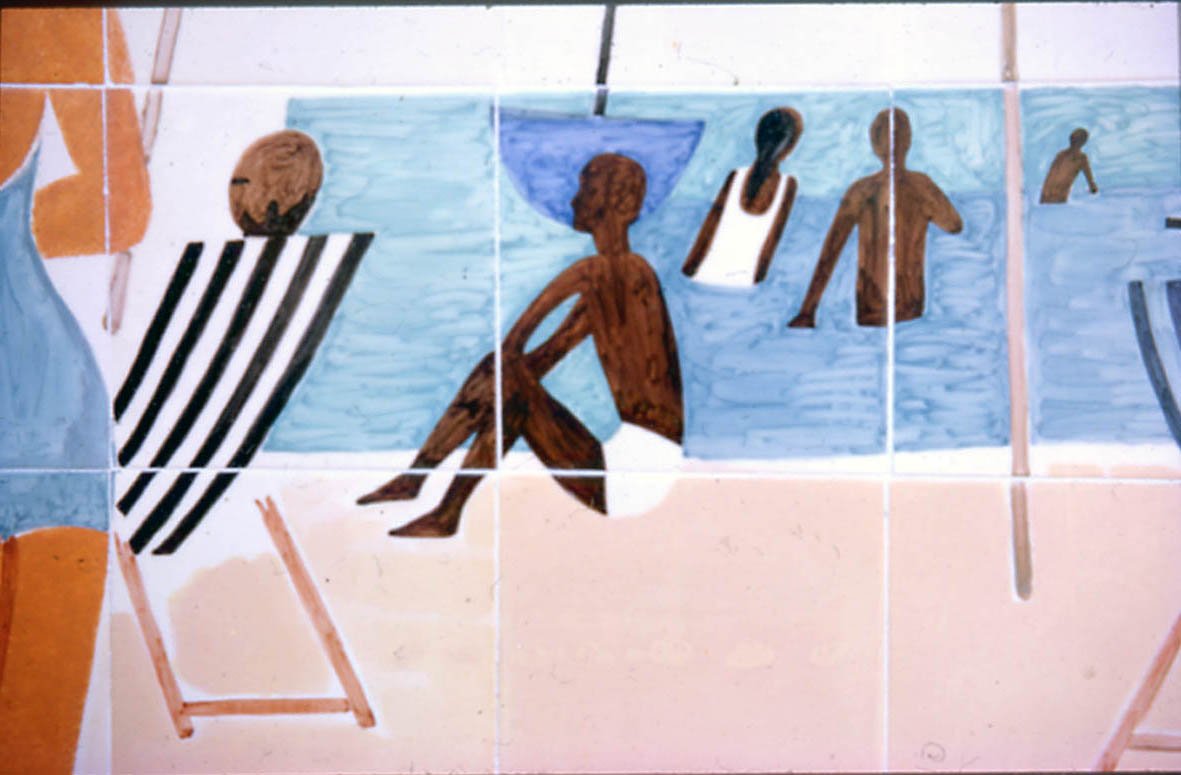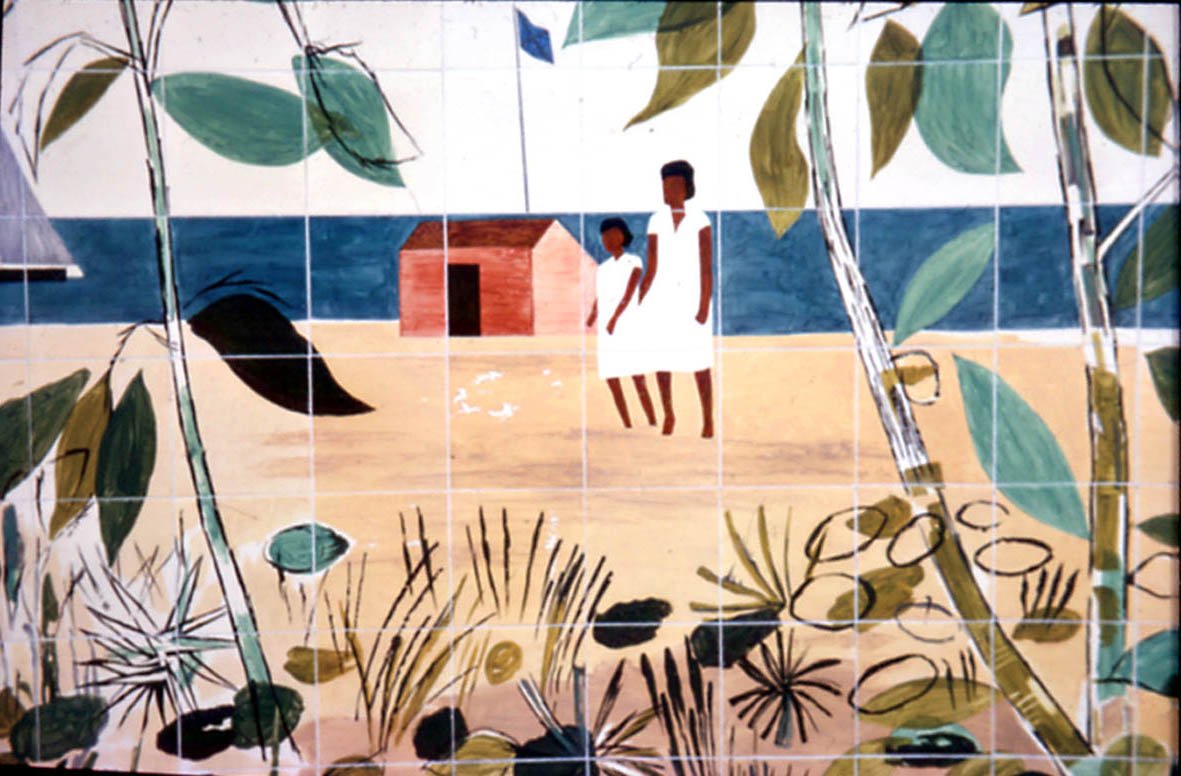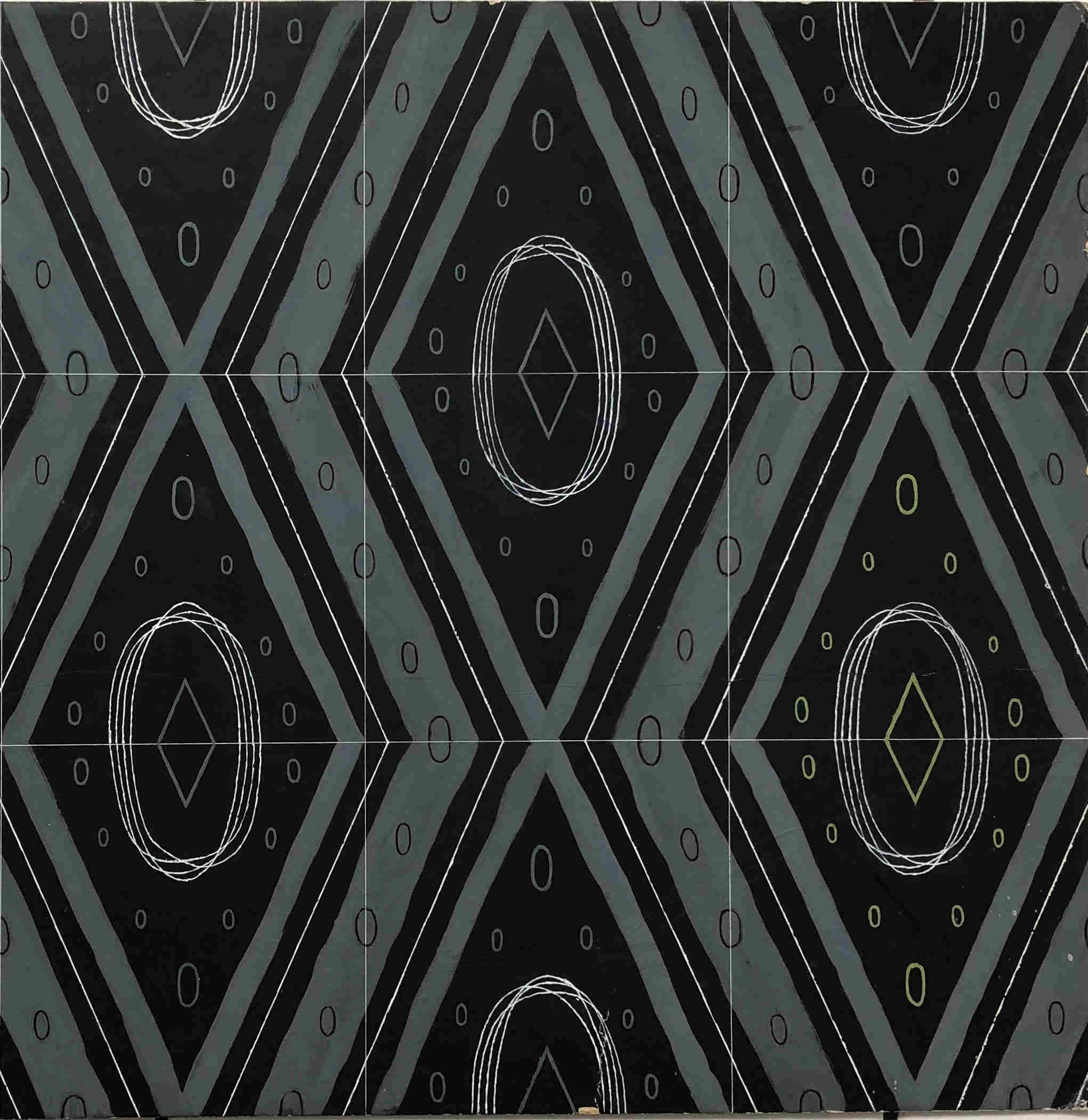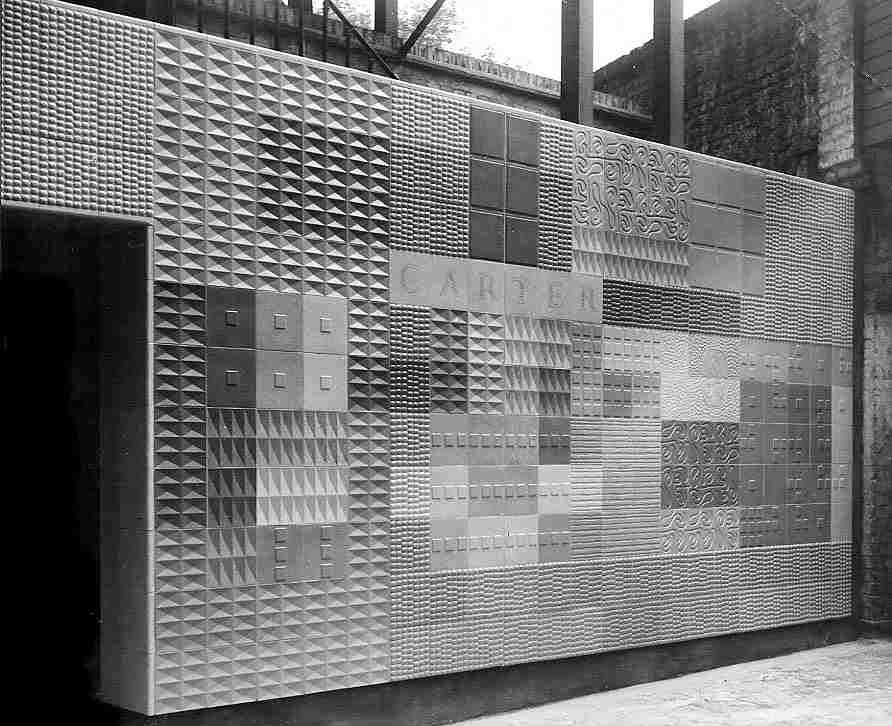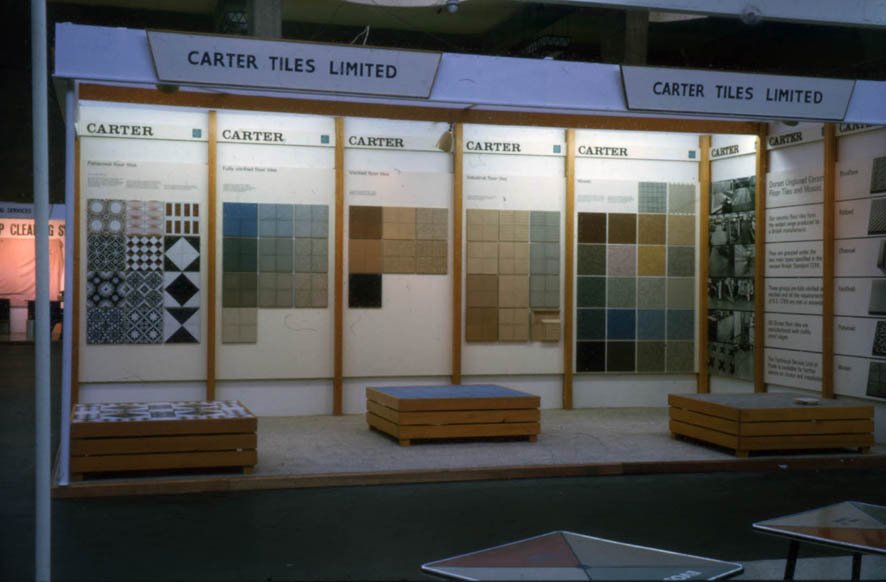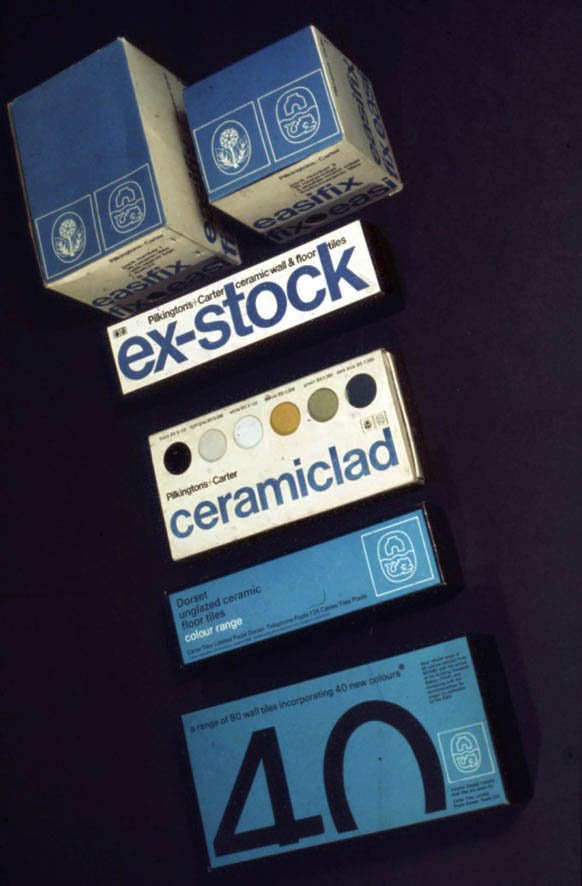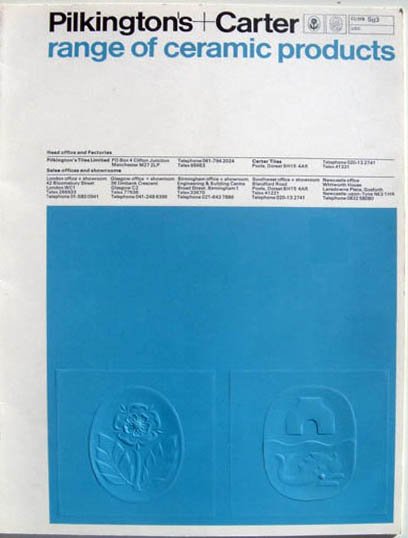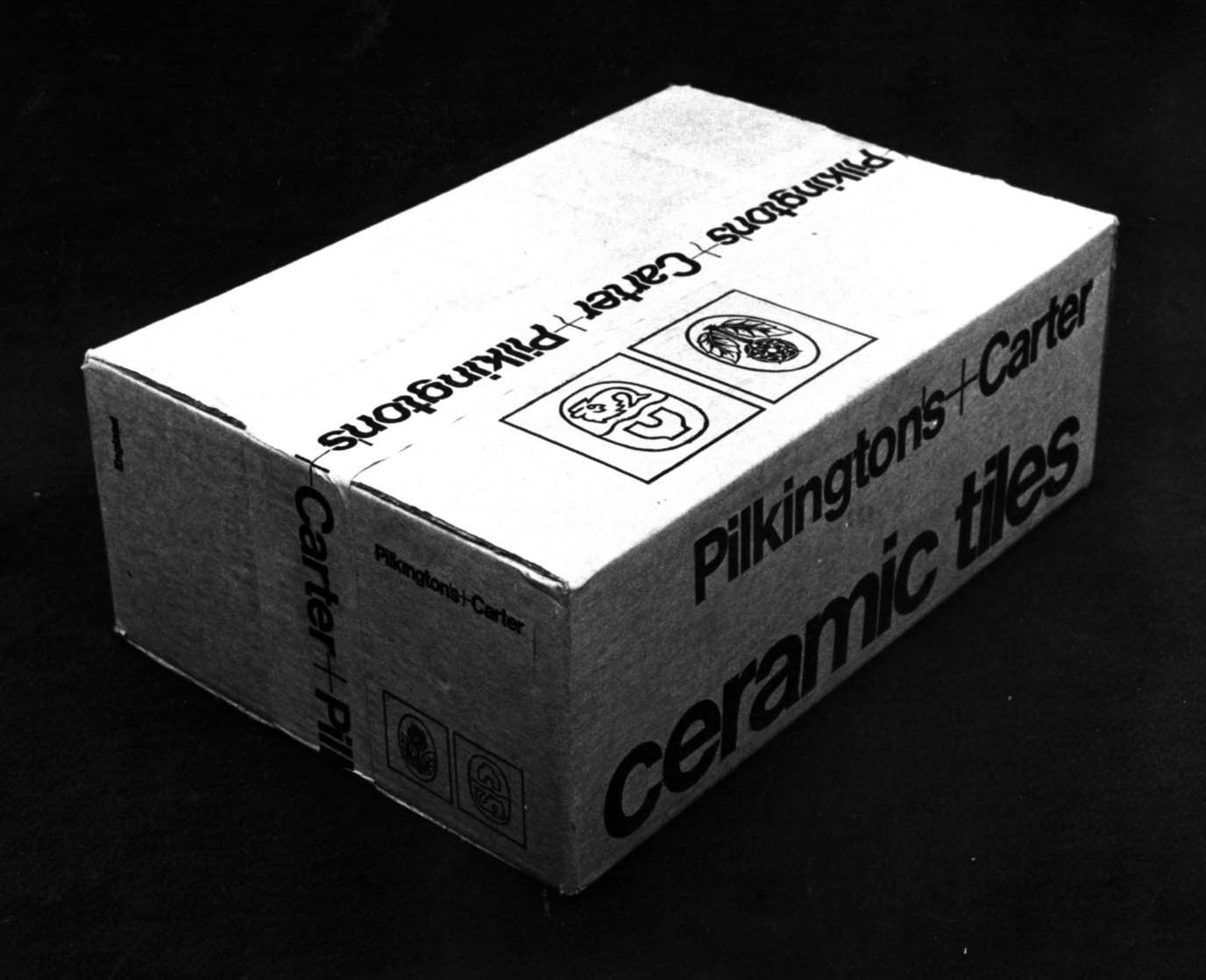Ivor Kamlish
Ivor Kamlish worked as a full-time designer at Carters Tiles from 1955 - 1964 and then as a consultant, designing brochures, packaging and leaflets, until 1977. In November 2007 he gave a lecture entitled ‘from 6 inches to sixty feet’ to the Tiles and Architectural Ceramics Society (TACS) which we are pleased to reproduce below with the kind permission of his widow Marian.
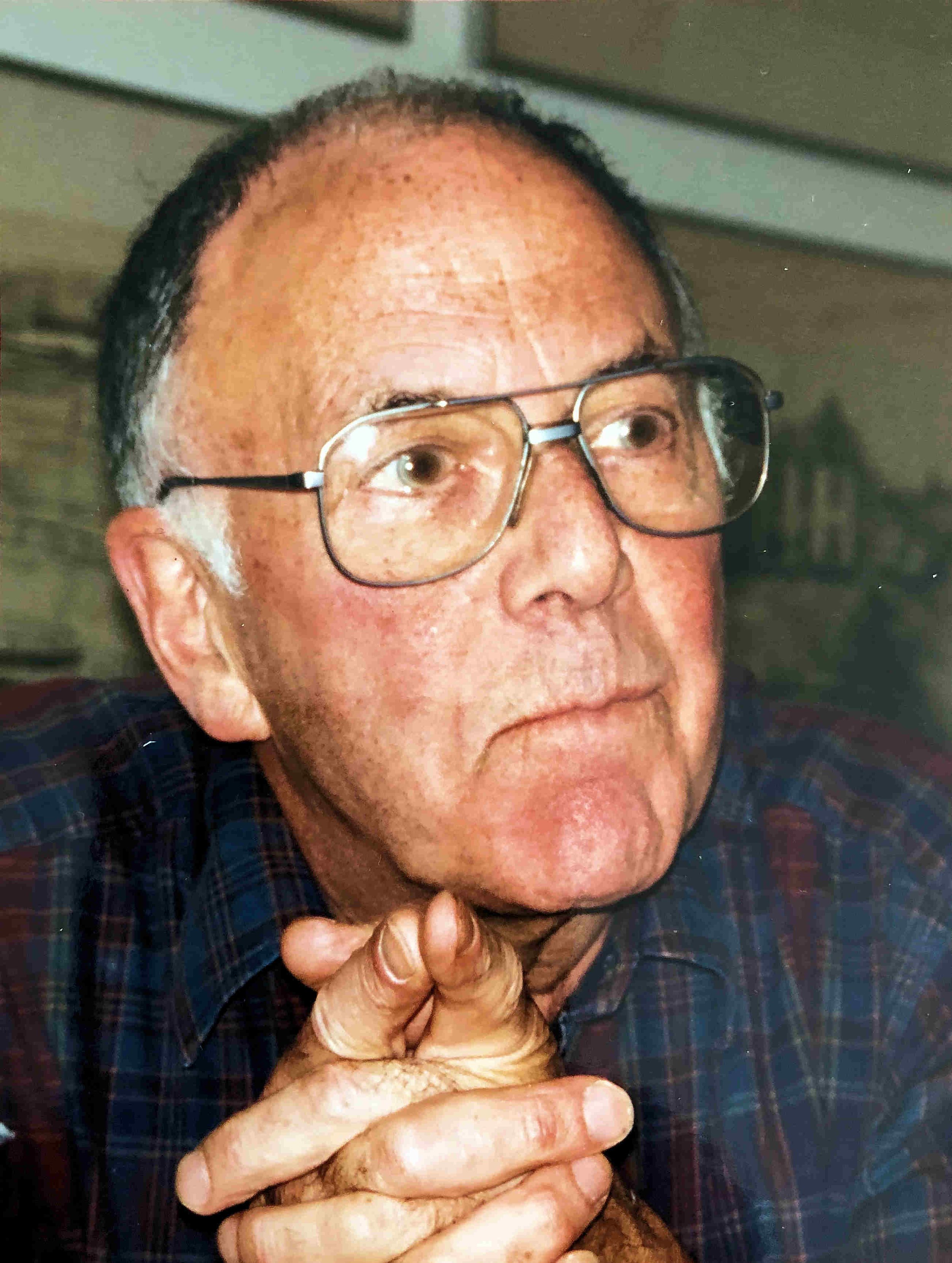
From 6 inches to sixty feet
I hope I am not here under false pretences. The first talk I ever gave was on 5th May 1959 at Edinburgh School of Art during an exhibition of Carter ceramics. On that occasion there were over 100 people in the audience. A week later, on a wet and windy night at Glasgow's Building Centre, I gave the same talk to an audience of three. This will be my third talk on ceramics.
I do hope my talk will have sufficient relevance to this study day as designing ceramic murals has not been my full time occupation. The opportunities and education I had during the 1950s, I think, were unique and critical in shaping my career.
In 1941, when I was 10 years old, my parents left London for Leeds and in 1949 I attended Leeds School of Art. During the two year intermediate course my choice of crafts was not ceramics but silversmithing and lettering. For the National Diploma I started to study illustration when, only one term into this course, my parents informed me we were moving back to London, I applied to St Martin’s to continue with this subject.
However, Ron Holmes (the head of Illustration at Leeds) suggested that I would be better off at the Central School of Arts & Crafts. So, at the end of 1950, I went down to London for my interview at Martins and was accepted. I then took my folio to the Central and asked to see the head of Book Production Department, Jesse Collins, who said there would be no point in seeing my folio as the course was full. He shared an office with architect F L Marcus and painter Maurice Kestlemen who were heads of Interior Design and Fine Arts respectively.
Aware that the 1951 Festival of Britain exhibition was about to start, I suddenly thought….if not book illustration, then how about exhibition design? Jesse Collins asked Marcus to look at my folio, who said it was ok for me to do one day exhibition and one day interior design. Marcus then asked Kestlemen to view my folio. He agreed to take me for one day drawing. They both then persuaded Jesse to look at my folio and he agreed to take me for one day typography and one day illustration.

Above - Ivor Kamlish (Central School of Arts and Crafts) exhibition design for showrooms at the Ceramic Development Council, Stoke on Trent.
With a grant from Leeds Education Department (the same body who later gave a grant to Alan Bennett to study at Cambridge) I enjoyed a wonderful three years at the Central. AlI of the teachers were part-time and all were practising designers or artists. I was fortunate to have as teachers Trevor Dannatt, architect, who was one of the designers of the Royal Festival Hall and Peter Smithson, at that time involved with the design of Hunstanton School and collaborating on an interior for Ove Arup's office with Paolozzi and Pasmore.
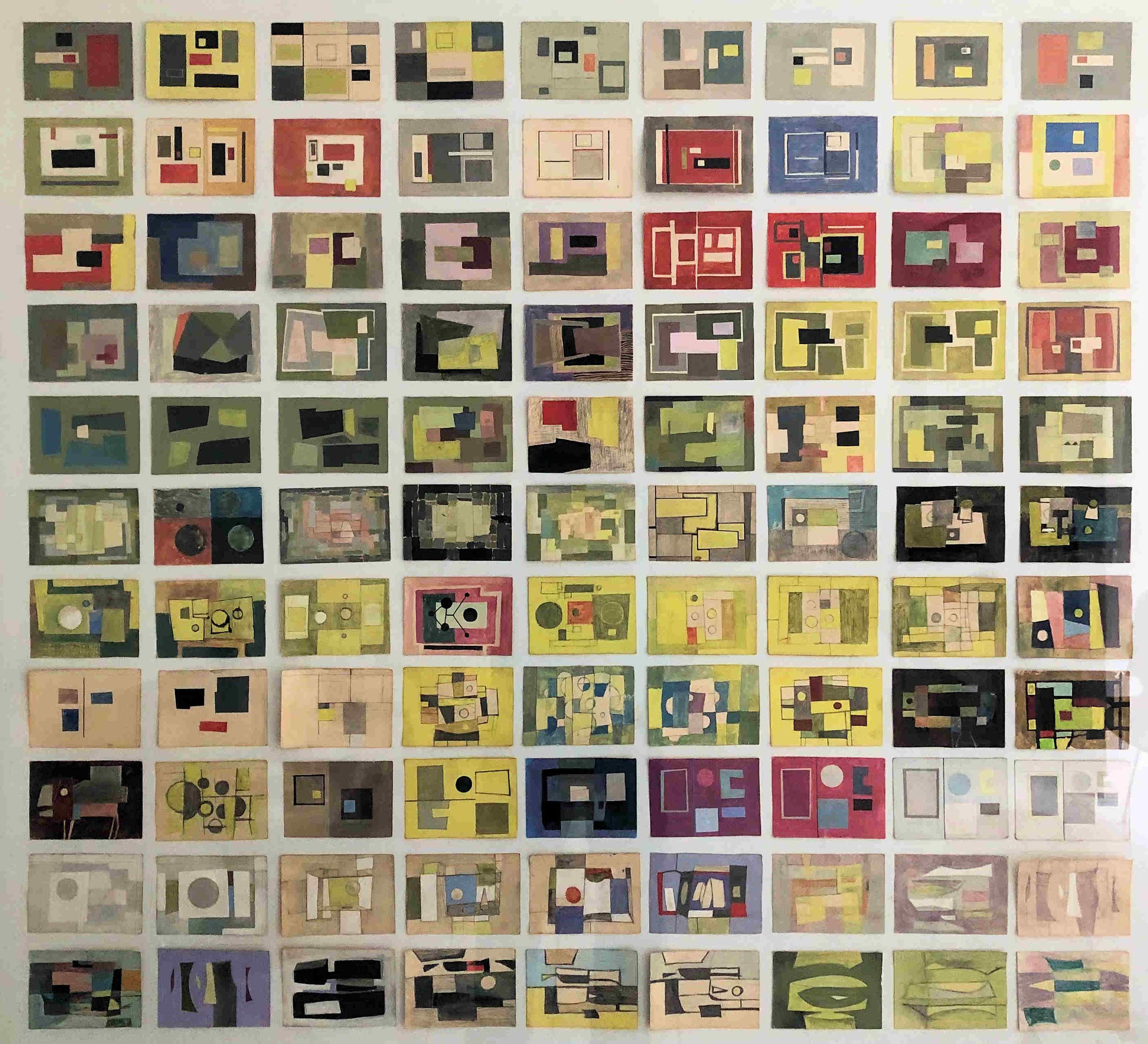
Assembled Ivor Kamlish works from the ‘Basic Design’ class, Central School of Arts and Crafts, 1950-53.
Other Central School part-timers included Robert Nicholson, designer of the Design Centre in Haymarket; Neville Walters another exhibition designer; Herbert Spencer, typographer and art editor of Penrose Annual and Typographica; Anthony Froshaug typographer, later to teach at Ulm; Keith Vaughan and Paul Hogarth-both fantastic artists and illustrators and George Mayhew and Dick Negus both great graphic designers - as well as the abstract sculptor Robert Adams.
Ivor Kamlish, Central School of Arts and Crafts 1951-53.
While still at Leeds I had applied to go to the Royal College in September 1951. Soon after starting at the Central, when my interview at the Royal College came up, I was asked why I wished to study there. I realised that I preferred to stay at the Central which at that time was more 'with it' than the decorative design being taught at the RCA. It was several years before the RCA were up to date.
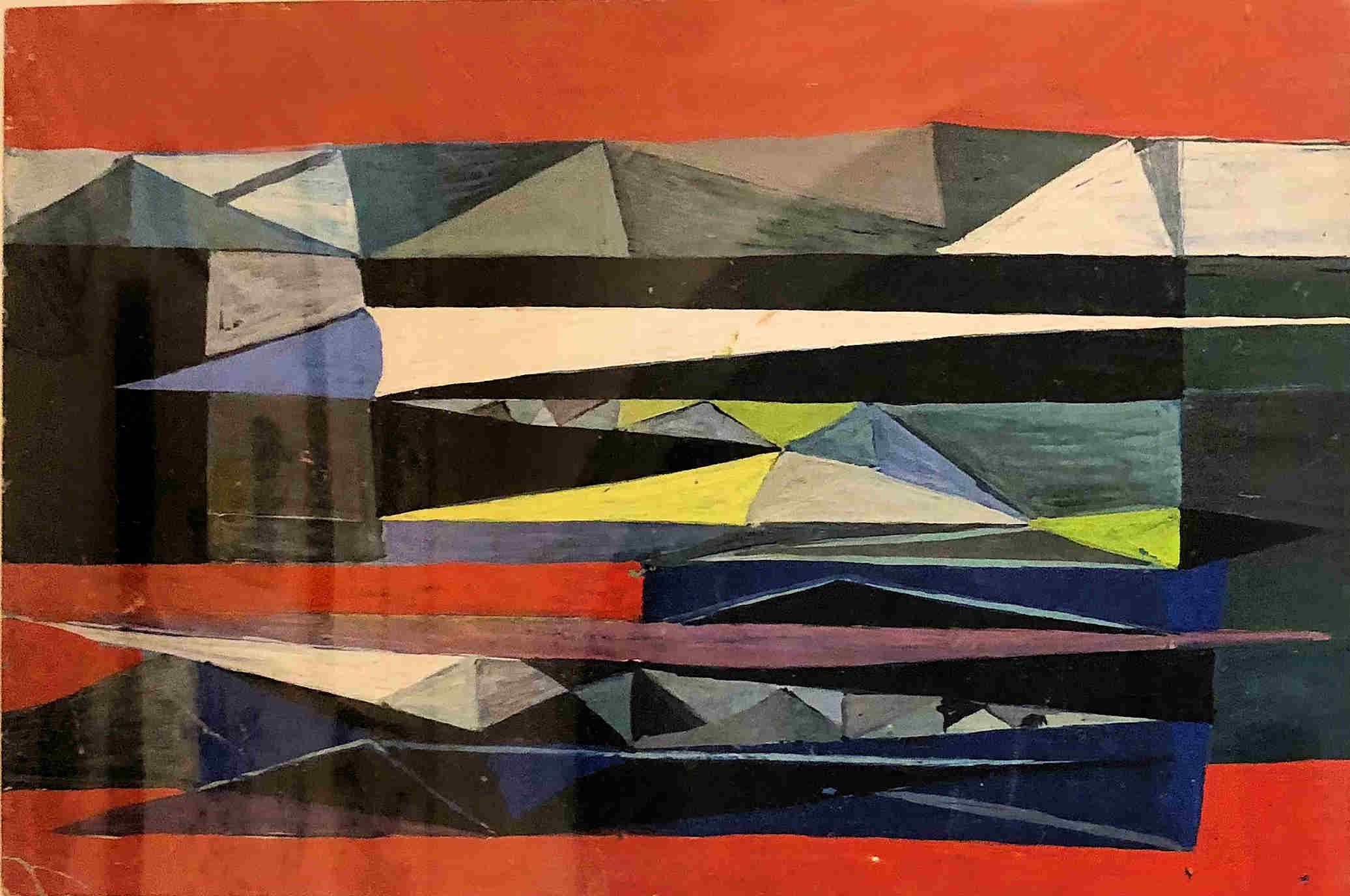
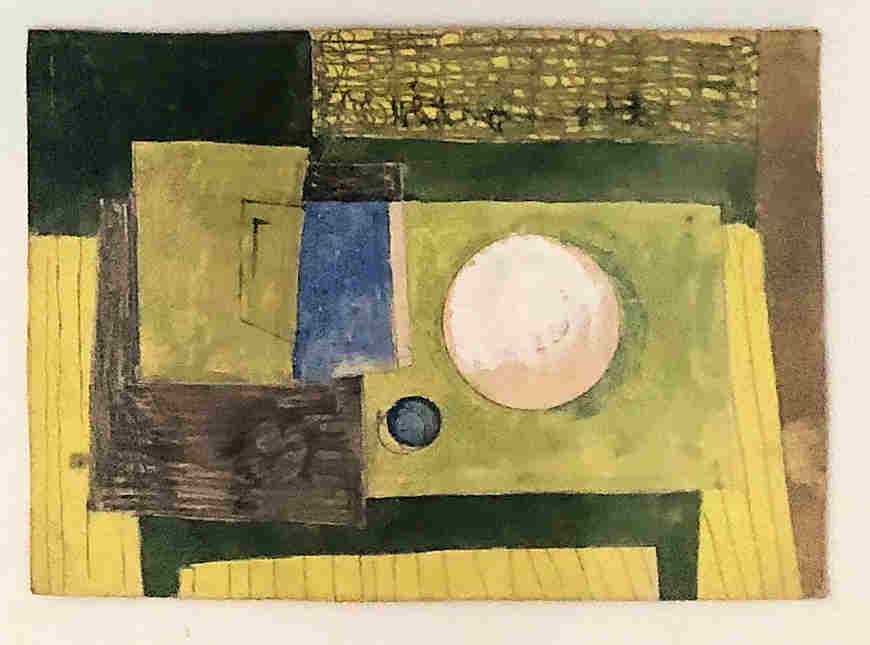
Ivor Kamlish, Central School of Arts and Crafts 1951-53.
In 1953 1 left the Central having been deferred for National service. In September I was called up and spent the next two years in Aldershot. During my basic training we were shown round the RASC museum. Having recently studied exhibition design, I spotted an opportunity and asked to see the museum's curator Major Leefe-Robinson, a retired Indian Army major who, I learnt later, was married to Eric Gill's sister Mary. He took me on as assistant curator after my basic training. So, instead of Germany or Cyprus, I was involved with display in the museum, travelling exhibitions and publication design and was actually offered a job at the War office! During my national service I was fortunate to be able to go to evening classes at Farnham and Guildford Schools of Art.
Early in 1955, whilst still in the army, I received a letter from Robert Nicholson, one of my Central school teachers, (who later, having no interior design work, was to create the excellent Nicholson’s London Guide) telling me about a job as assistant to A B Read, design director of Carter's, ceramic tile manufacturers, in Poole. I had not thought of working anywhere other than London and I thought Poole was one of the five pottery towns circling Stoke on Trent! so it was quite a surprise to discover that not only was it close to Bournemouth, but that the factory itself was alongside Poole harbour!
I was invited to Poole for an interview which involved five separate meetings with all 5 directors over one weekend. I was offered the job and they were prepared to wait over 6 months for me to finish my national service. In September 1955 I moved into digs in Parkstone close to Poole; however, as A B Read had contracted tuberculosis and was in a sanatorium in Bournemouth, for the first six months I visited him once a week to talk about what was happening in the studio.
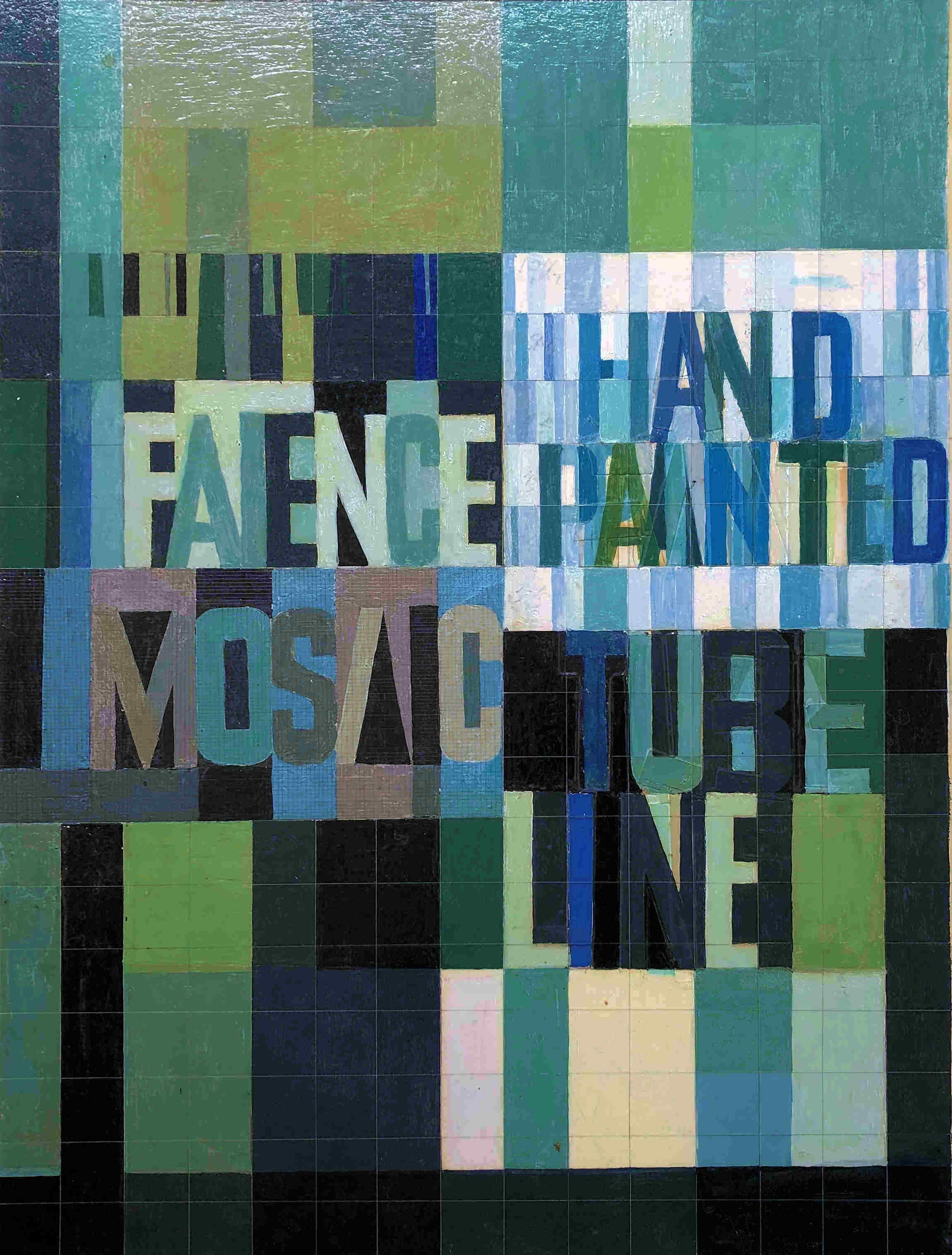
Mixed techniques - Ivor Kamlish promotional design for Carters illustrating different methods of tile manufacture.
At Carters I was involved with a great variety of design work which included ceramic and mosaic murals for churches, pubs, hospitals, supermarkets, schools, hotels, swimming pools and bathrooms, print design for annual reports, brochures, advertisements, displays, exhibitions, packaging, signs, showrooms as well as patterned tiles and faience plaques.
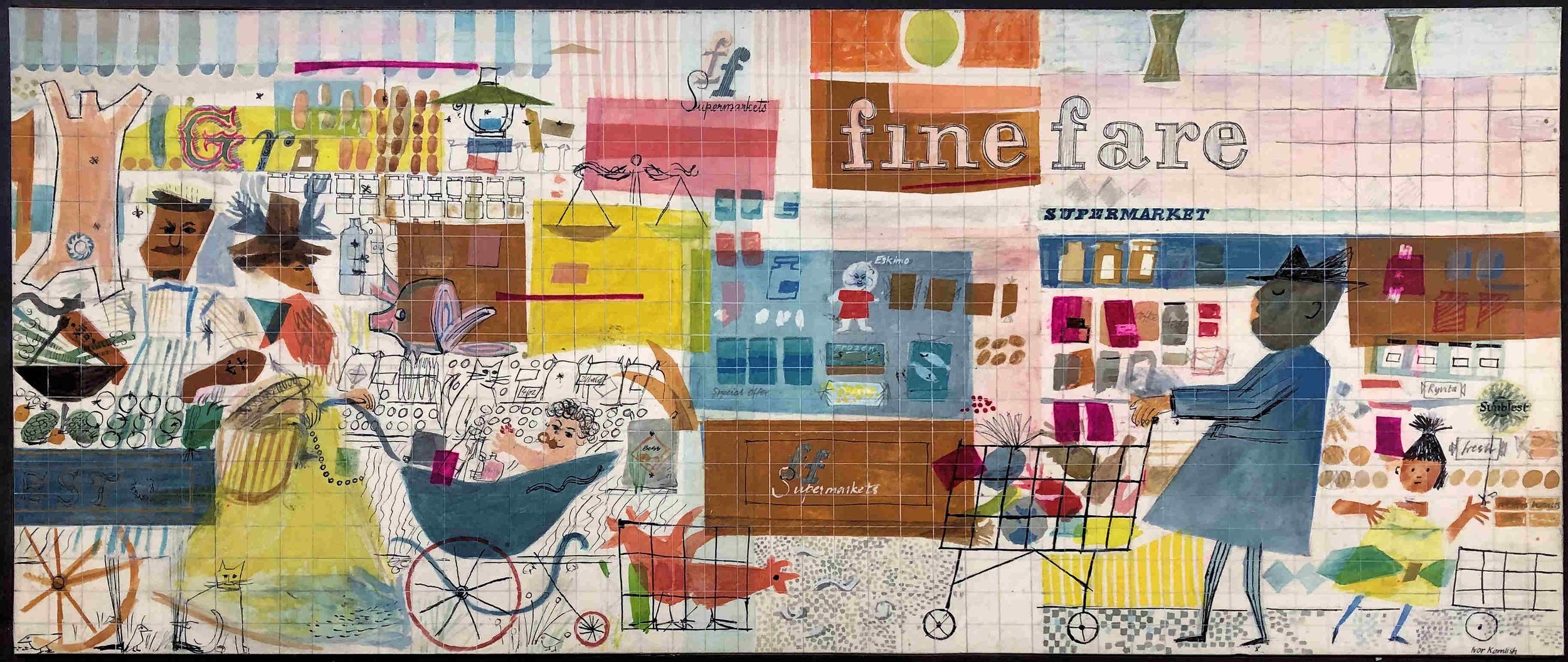
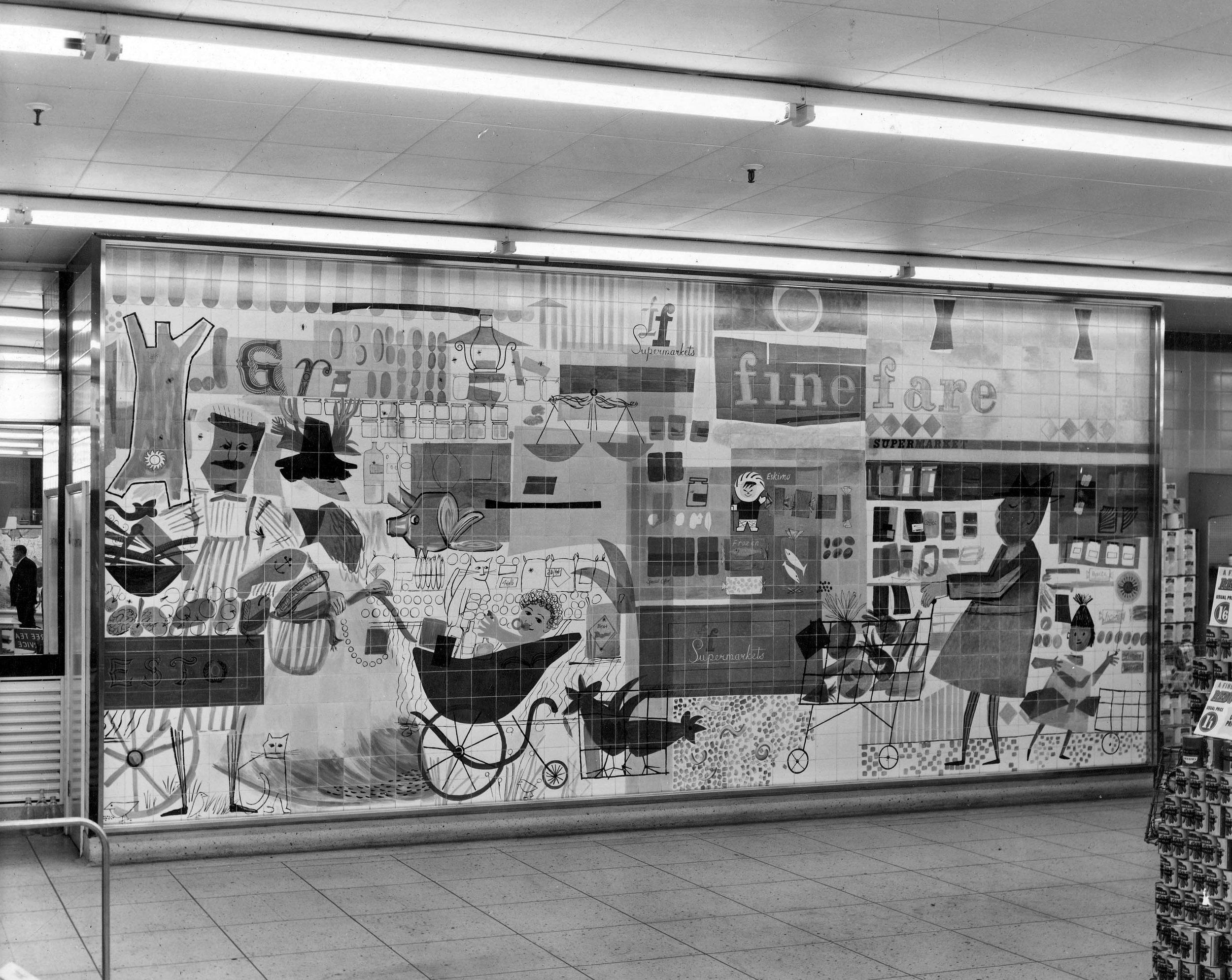
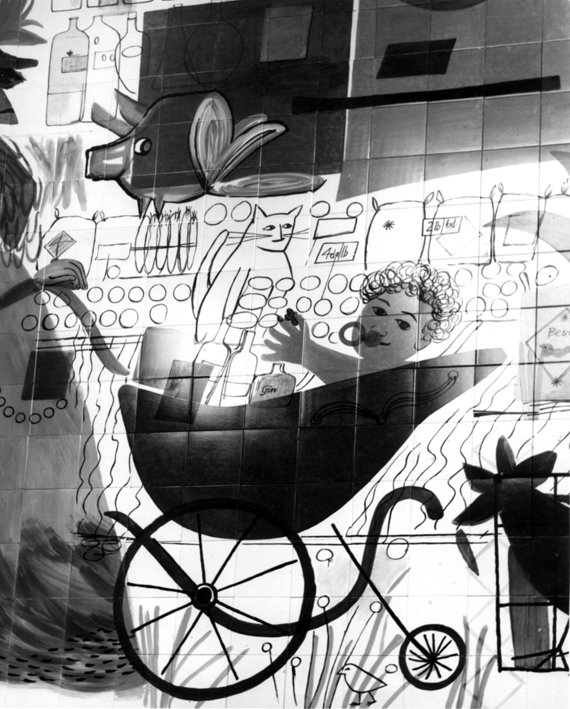
Ivor Kamlish design and mural (23’ by 11’) for Fine Fare Peckham, 1959. The word ‘gin’ on the baby’s bottle was painted over at the request of the client.
One of the conditions of employment was a five and a half day week. The contract provided that after being with the firm for 15 years I would be allowed one Saturday morning off per month! But after I think about a month of this regime Carters changed the rules and just added half an hour on to the five days of the week with no Saturday mornings. During this period I also went to evening classes at Poole and Bournemouth Schools of Art.
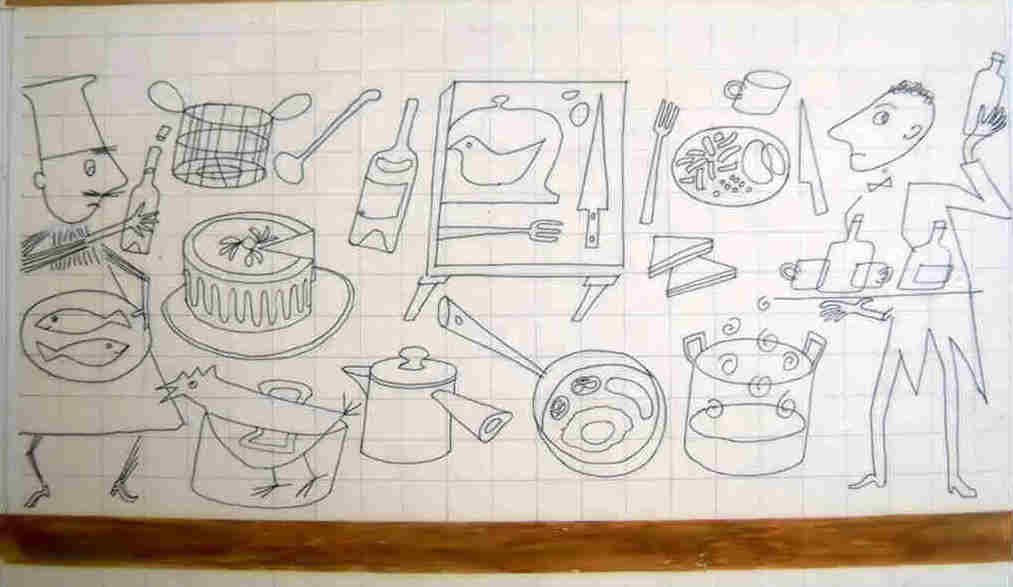
Above - Ivor Kamlish designs for Asteys Cafe in the Central Bus Station in Cardiff.
Above, designs for Hemel Hempstead Town Development Corporation.

Above - water feature alongside the executed design in Hemel Hempstead town centre.
Above - design for Hemel Hempstead Town Development Corporation (15’ x 20’) in standard hand-painted tiles and faience, based on the horoscope of Prince Charles.
Above - Ivor Kamlish designs for Ambassador Lanes Bowling Alley, Hemel Hempstead. The right hand design was implemented, for further images see Carters Tiles section.
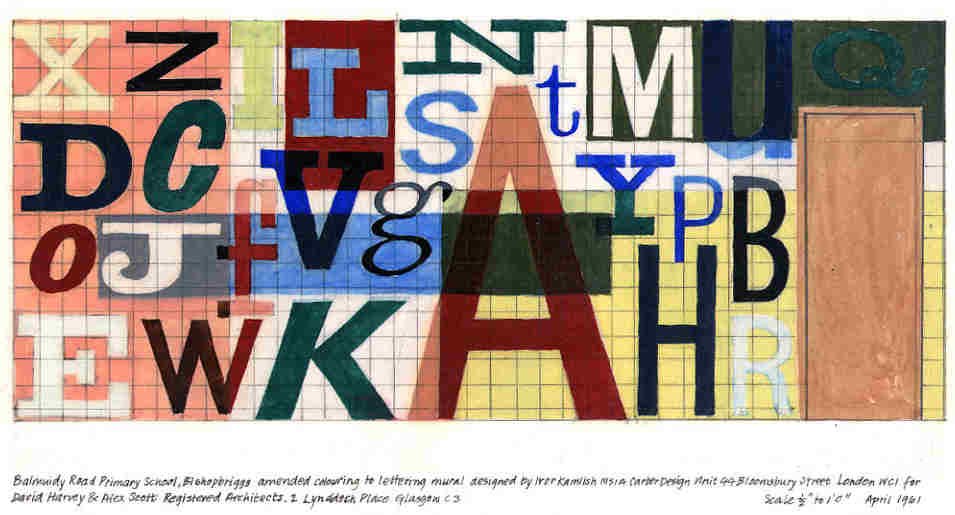
Above - 1962 design for Balmuildy Primary School, Bishopbriggs (a suburb of Glasgow).
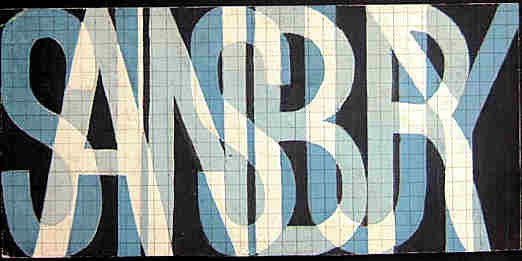
Design for Sainsburys, possibly for their Richmond branch, 1959.
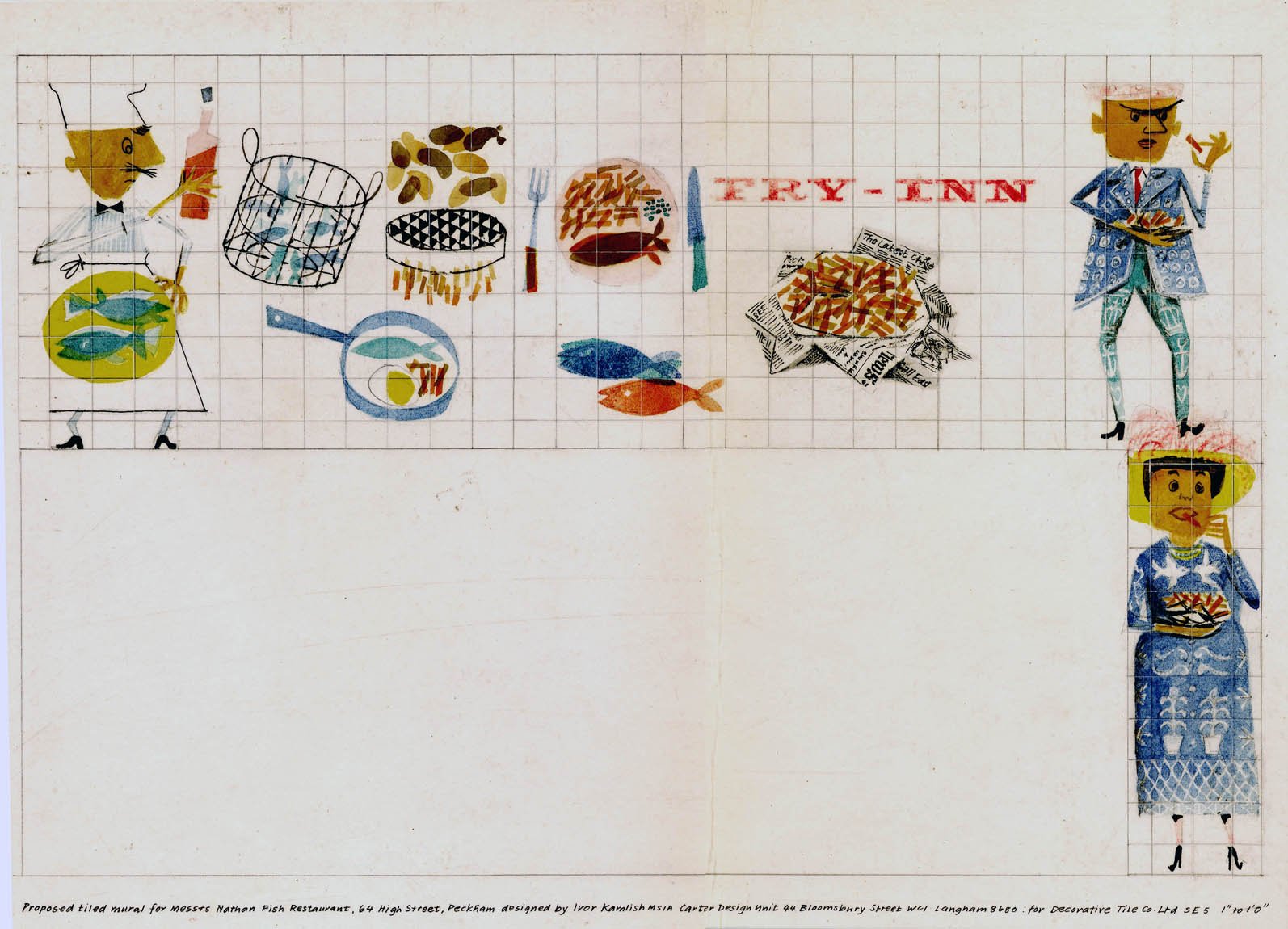
In March 1956, I married Marian Fernau, a fellow student, from the Central theatre design department and we moved into a house built by an artist with a double height studio, which happened to be for sale and only two doors down from my digs. From June 1956 Carters, a very enlightened firm, believed that I should be kept up to date in design and so every month I enjoyed a weekend and a day off work trip to London to visit galleries and exhibitions. I still have the original note book where I recorded the galleries I visited.


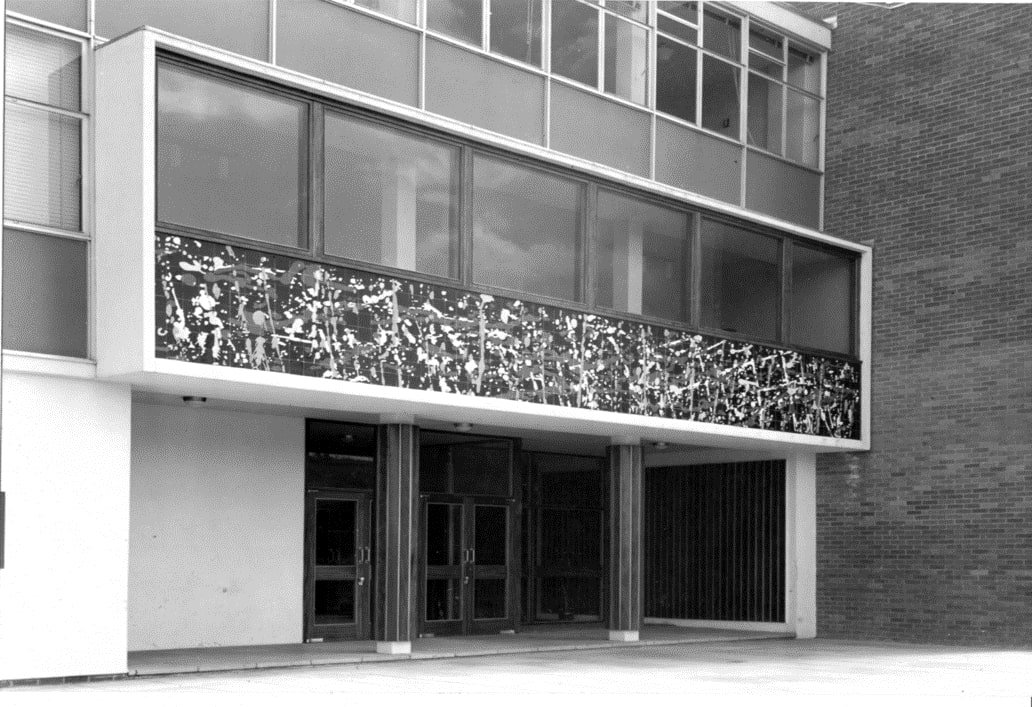
Carters ceramic ‘tachiste’ mural designed by Ivor Kamlish above the entrance to the former Hartcliffe Secondary School, Hartcliffe, Bristol (1961).
In September 1957 Carters paid for a tour organised by the SIAD to Milan Trienalle and in June 1958 a visit organised by the DIA to Brussels Expo - followed in 1960 by the Milan Trienalle and 1961 a visit to Turin to see the exhibition on the centenary of the unification of Italy. Finally a weeks SIAD tour of the Essen, Berlin, Prague and Vienna. From this you will gather that Carters were a pretty good company to work for.
Ivor Kamlish designed Carters mural for the Shaw Savill Liner Northern Star. Launched in 1961, the Northern Star was designed for the fare-assisted migrant trade to Australia.
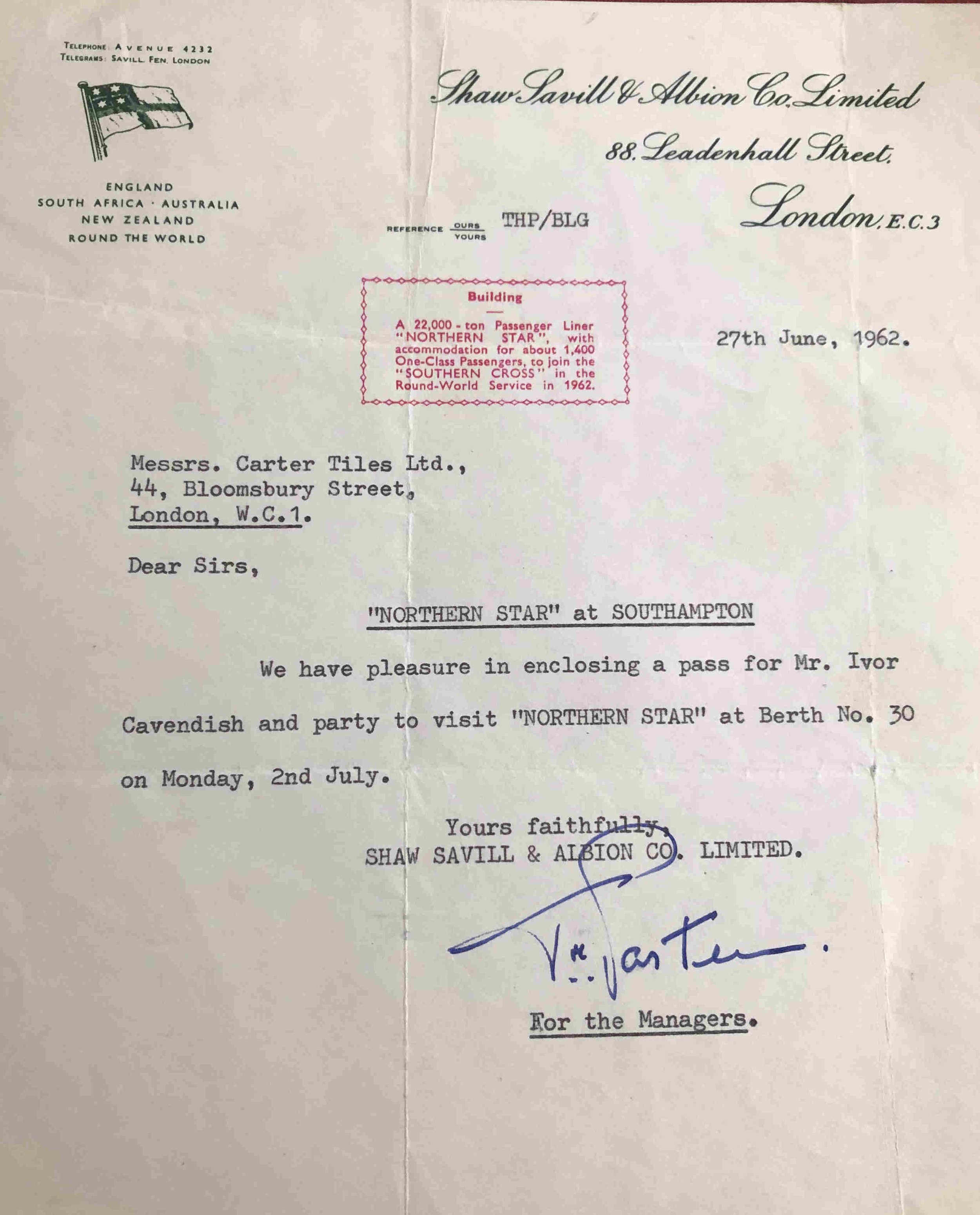
Invitation for ‘Mr Ivor Cavendish’.
In 1958 they proposed that it would be better for them if I be based at their London office and later to be added, showroom. This was just by the British Museum at 44 Bloomsbury Street. As luck would have it again, the office cleaner told me of a flat that was next door at 42. So, from 1958, I would reverse my travels and visit the factory about once a month - on our Lambretta and usually on one gallon of petrol, combining it with a weekend off visiting friends and the sea.
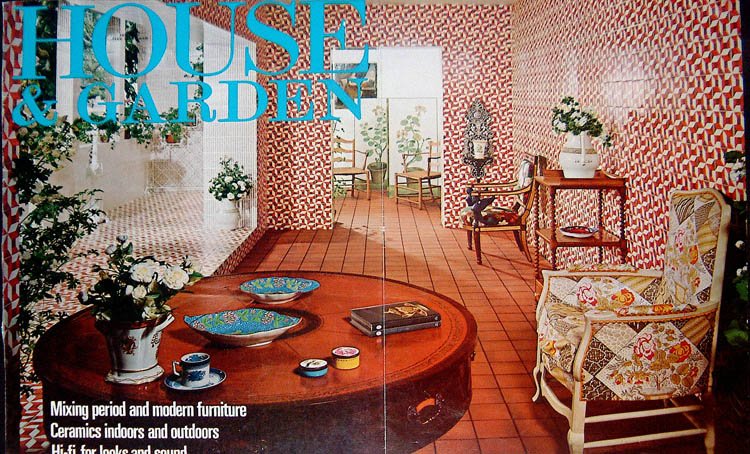


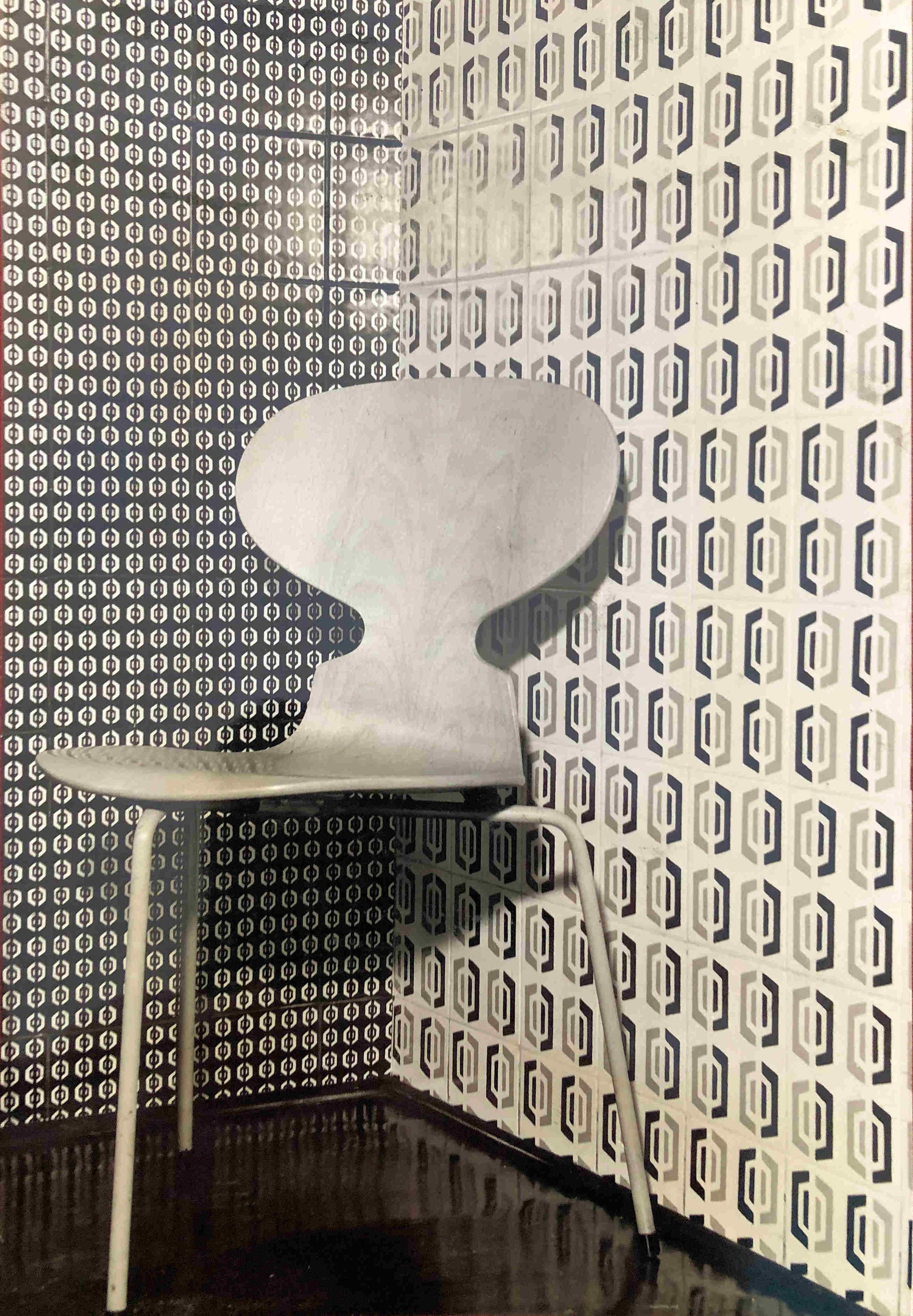
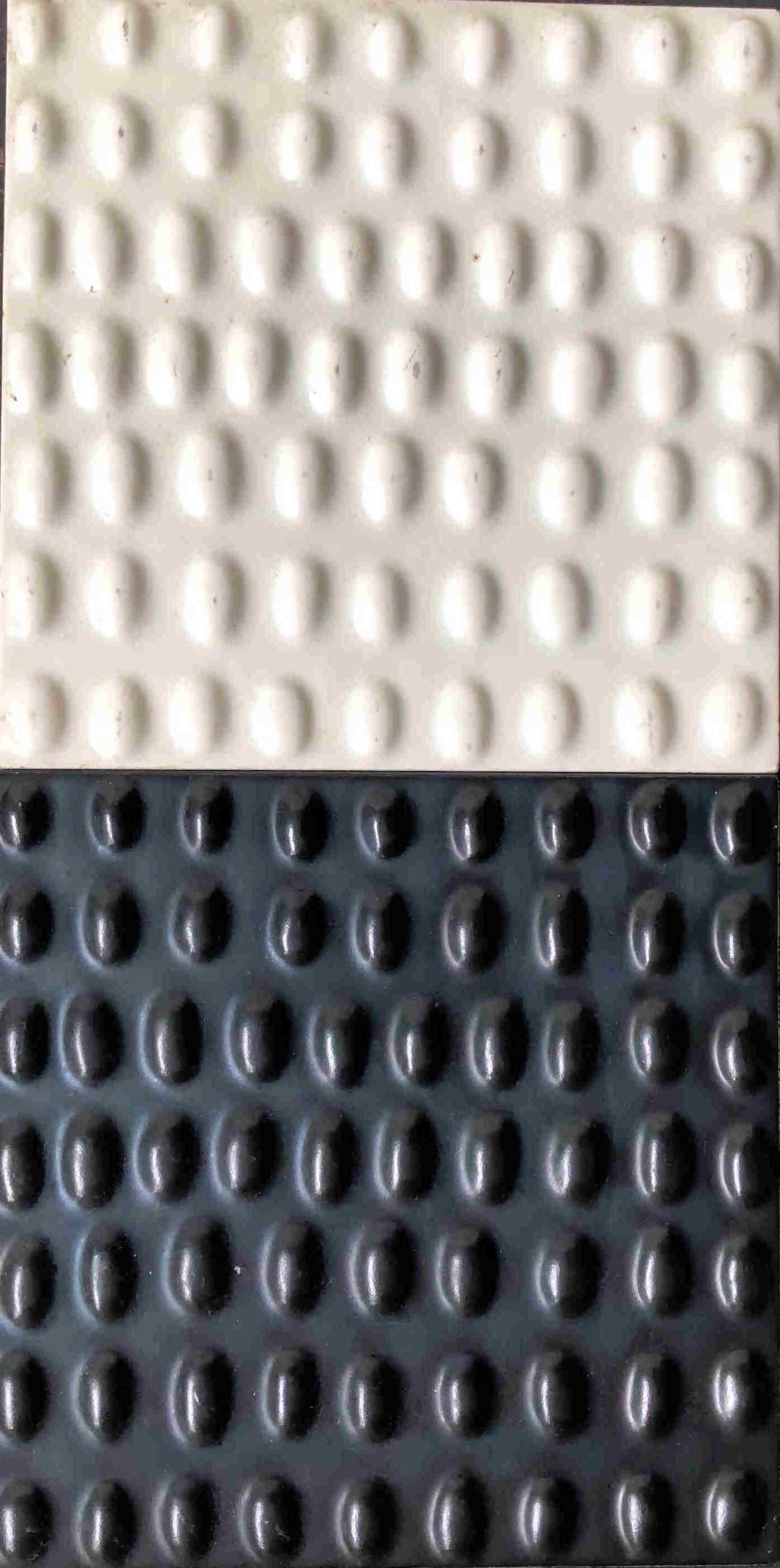
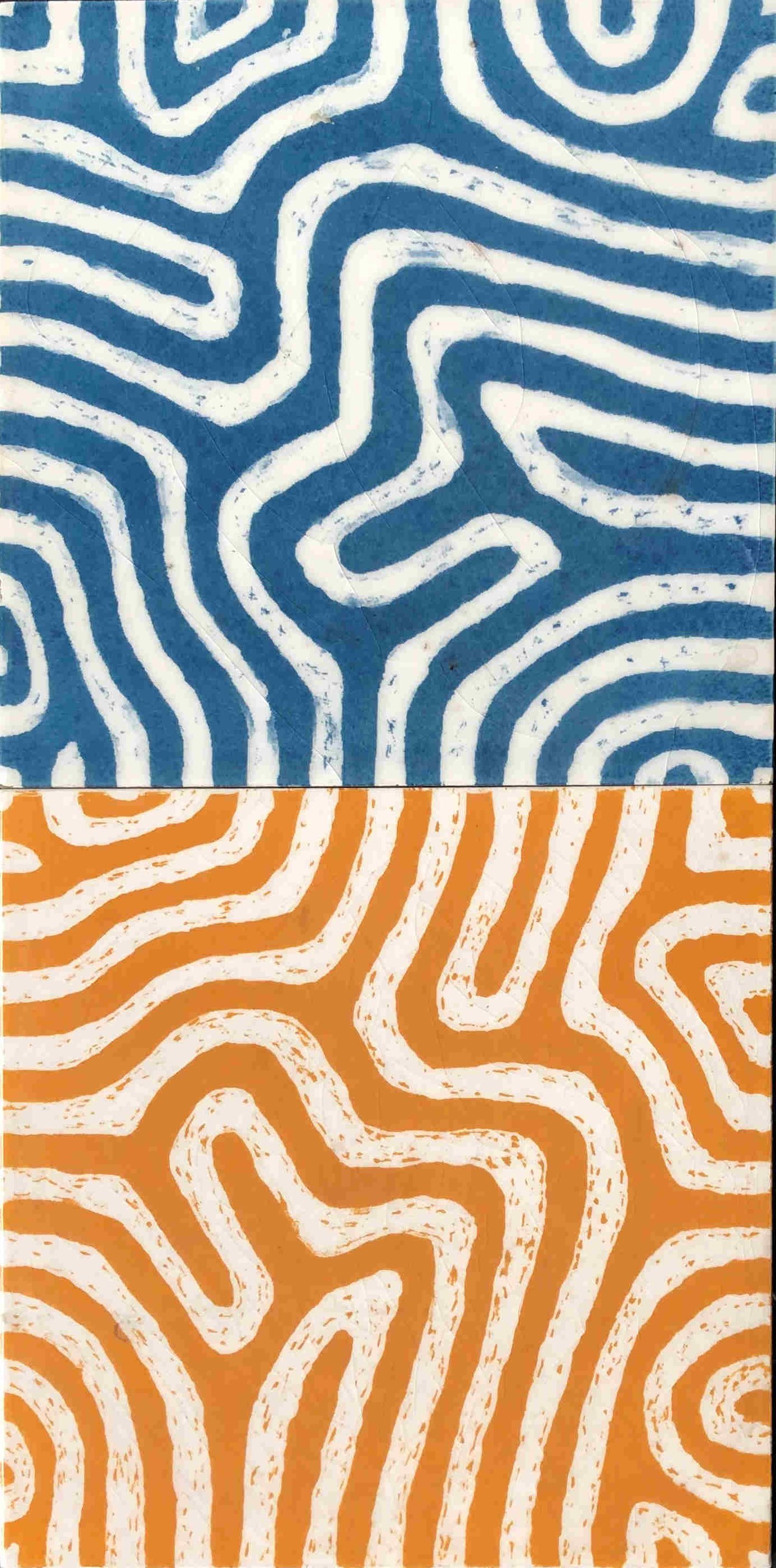
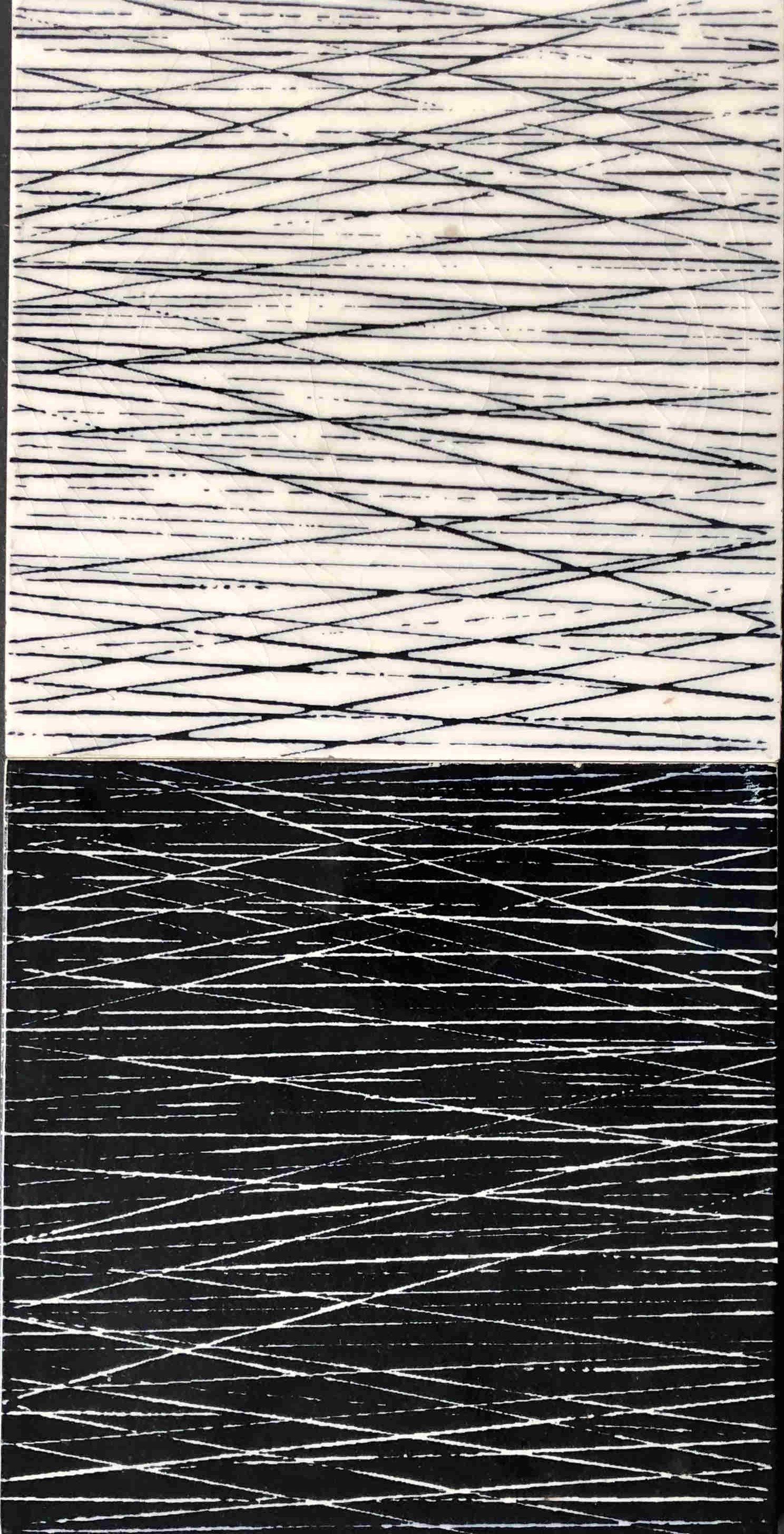
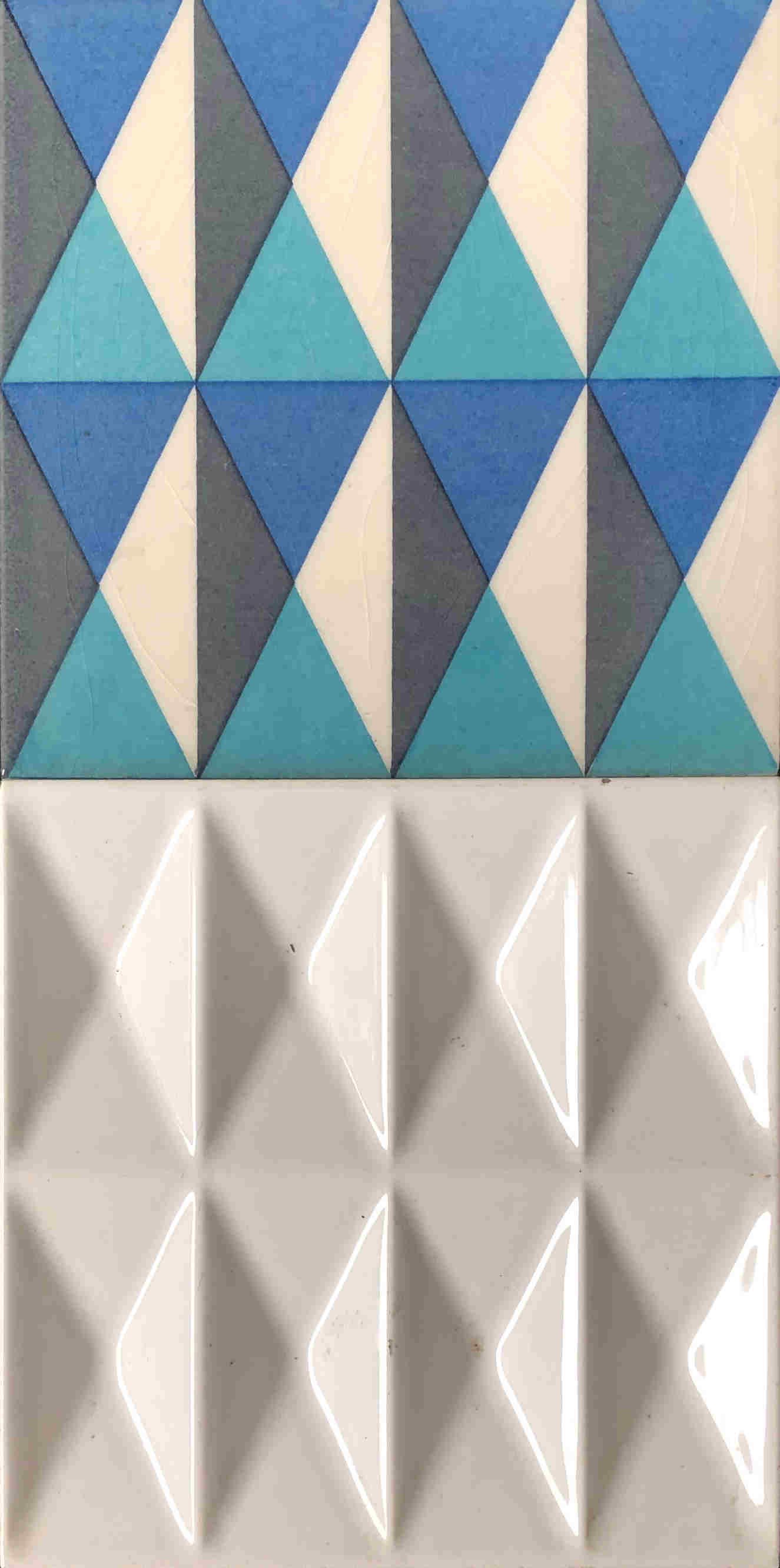
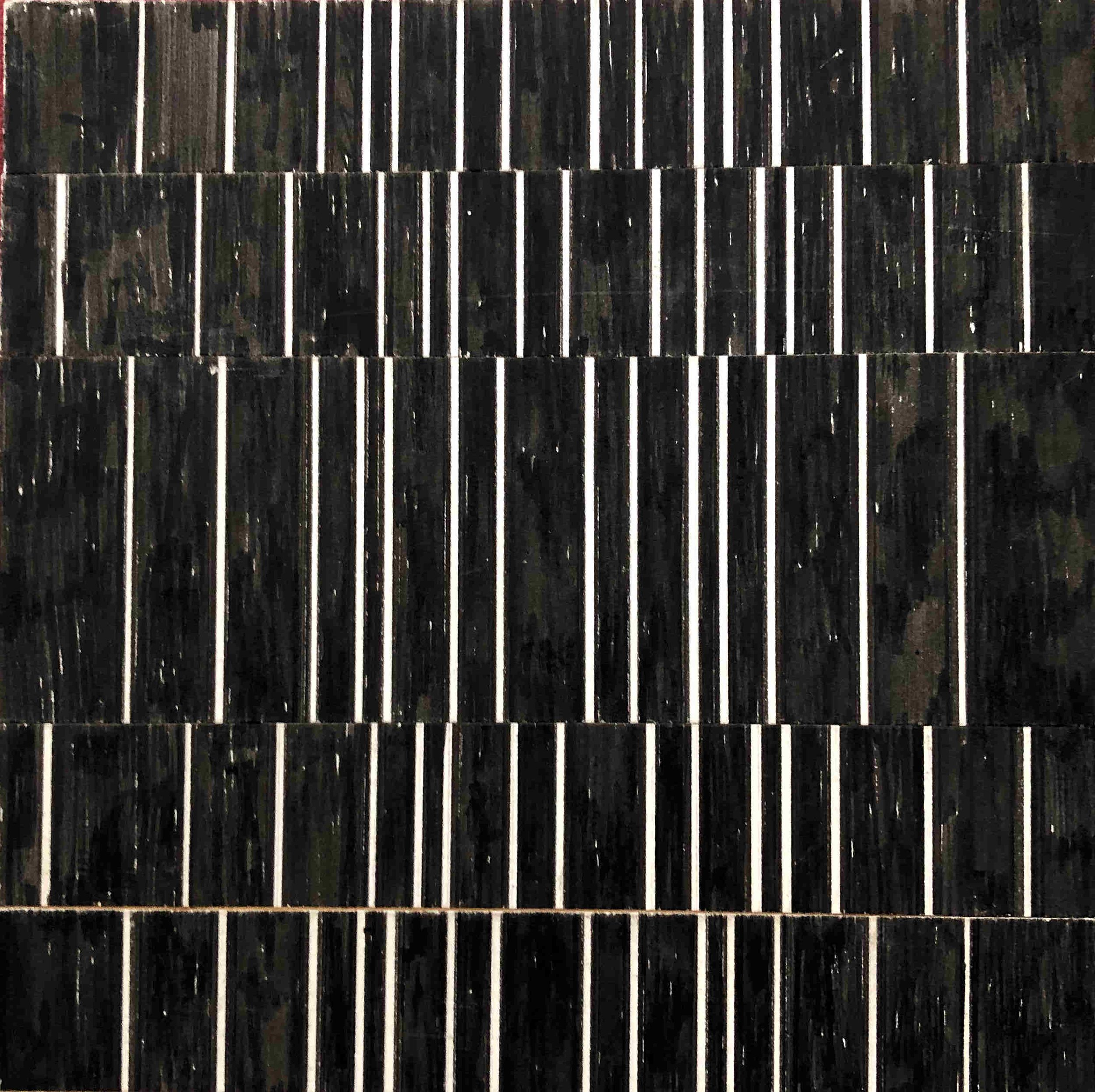
Above - textured and decorated tiles designed by Ivor Kamlish for Carters Tiles
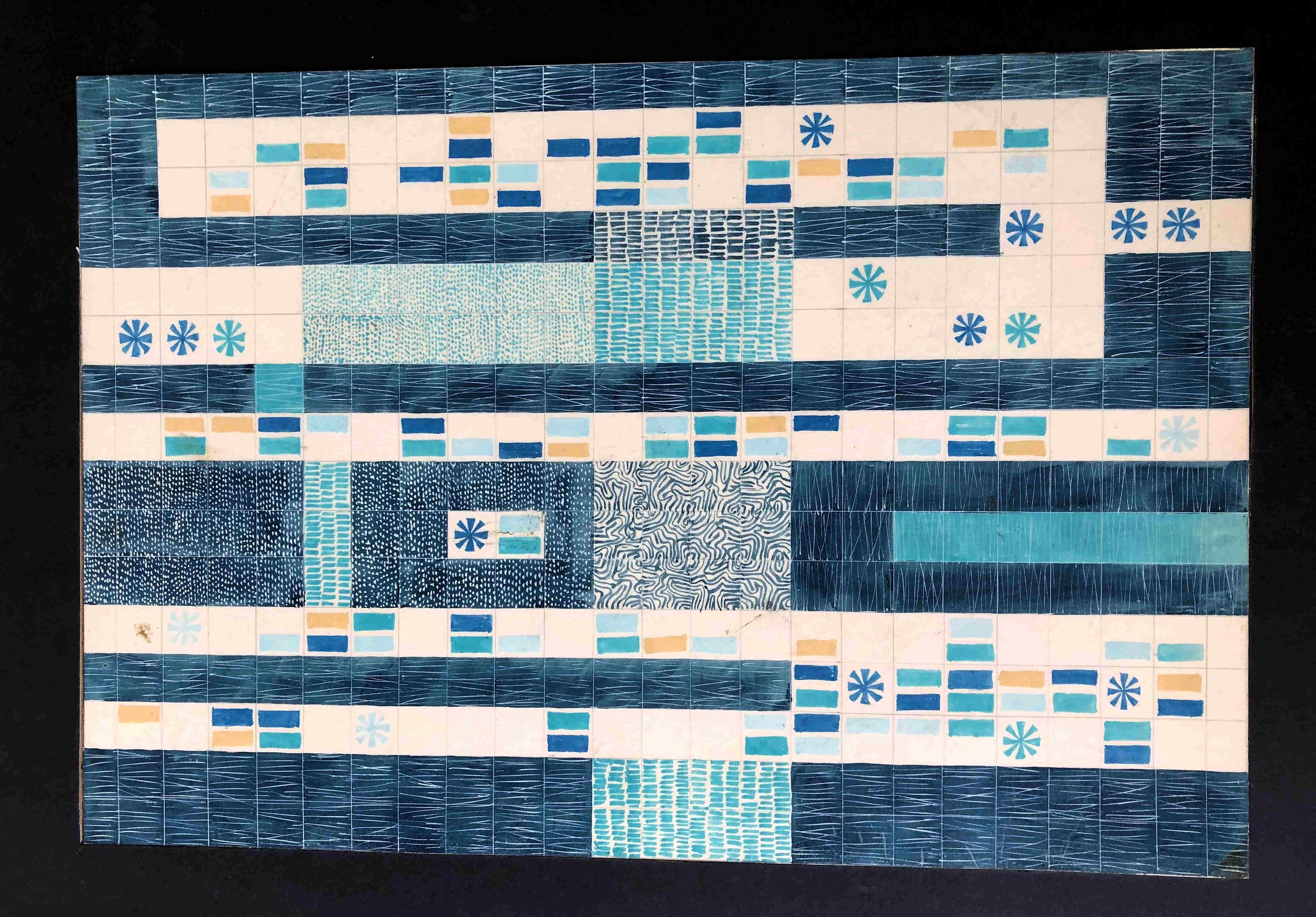
Screen printed tile design (12’ x 8’) for J.C.Annear Ltd Penryn Cornwall. All patterned tiles designed by Ivor Kamlish.
In 1960 Mr Marcus who was head of interior design at the Central and who lived in a flat near to us in Bedford Square was involved in the refurbishing of the Strand Palace hotel for J Lyons and asked me to suggest a design for the 100 or so bathrooms. By this time photographic transfer screen printing was just available to print on ceramic tiles (previously the screen had been hand cut...more like a stencil). I believed at that time I was in competition with other tile manufacturers. My proposal was a screen print of a 1660 Holler engraving of the river Thames behind the bath and occupying just 4 tiles high ie 6 feet by two feet. so the design used fewer decorative tiles than the other manufacturers.

Sadly, I happened to be in Knightsbridge about two years ago to come across an example of this mural for auction at Christie's who were auctioning the whole Poole Pottery archive. Poole Pottery had been formed by Carter Stabler & Adams in the 1920s and was one of the Carter Group. Christies knew nothing of this mural's origin.
Above - Ivor Kamlish exhibition designs. The Carters mural (left) at the Building Centre, Store Street Bloomesbury (the materials bureau of the Architectural Association) showing a variety of moulded relief tiles.
In 1959 1 was invited to teach typography one evening a week at the Central. Colin Forbes (who had been a student when I was there) had taken over from Jesse Collins and was head of what was by now called 'the graphic design department'. Later, he joined Alan Fletcher (a fellow student) and Bob Gill (who had recently come to the UK from the New York), to form Fletcher Forbes & Gill. Other fellow students from the Central were beginning to start design companies; among them was Ken Garland, art Director of Design Magazine who left the Design Council to go freelance.
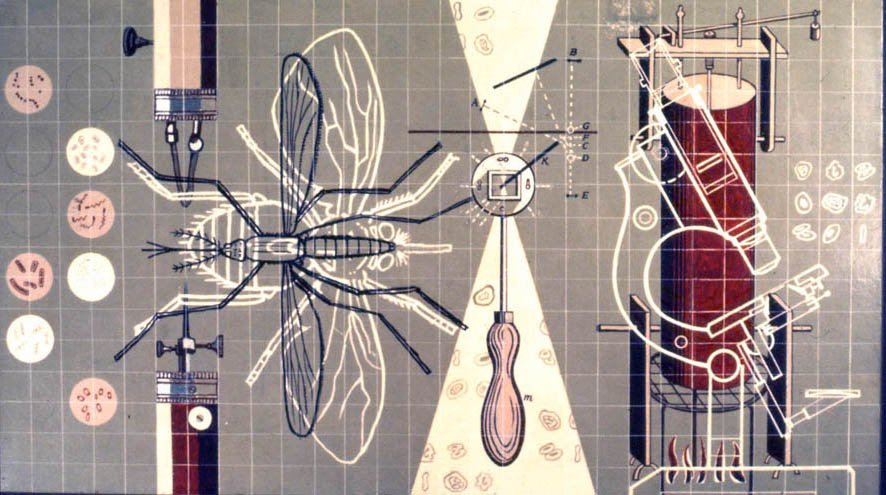
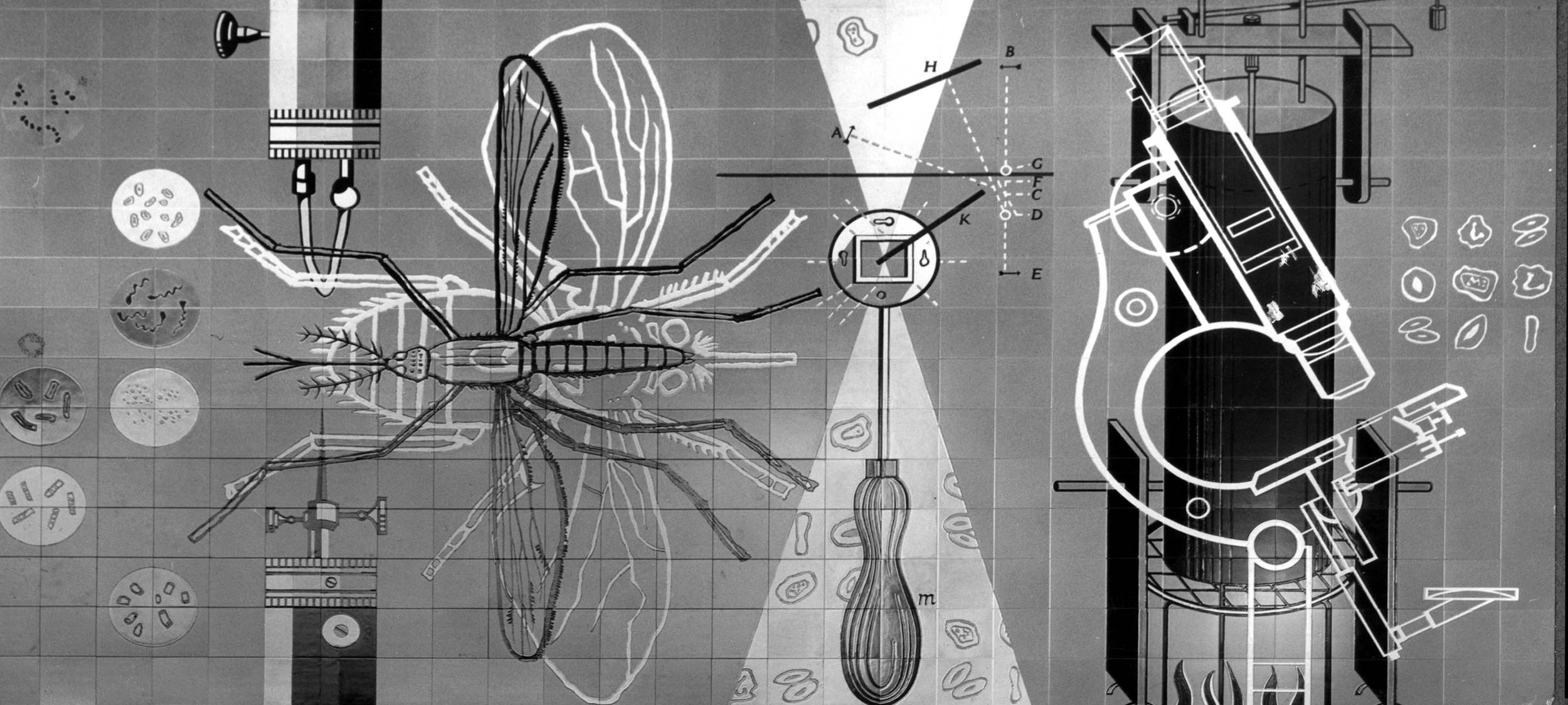
Above - Ivor Kamlish design (top) and black and white photograph (below) of tile mural for the entrance of Llewellin Hospital in Kitwe, Northern Rhodesia (now Zambia), (1957). The design illustrates research on the tsetse fly and tropical diseases.
In february 1963 our son Stephen, who is now also a graphic designer, was born and we came to the conclusion living in a one bedroom flat was no longer viable. Companies in those days (and possibly still) have a salary structure. The directors are first in the hierarchy, followed by the company secretary, accountant and works manager. The designer comes well down at the bottom of this. I was not aware that at about this time Carters were in financial difficulties. When I did not receive the higher salary that I had requested it was probably due to these factors. Carters intimated that things were ‘happening’ and that it might be a good idea if I stayed. But the time of my departure had to be then if I hoped to obtain some part-time teaching (which was a sheet anchor for freelancers). I duly managed to get a day at Hornsey College of Art.
So, in August 1964 after 9 years as a full time designer I left Carters. However, I was retained as a consultant, mainly for their print catalogue work. Shortly after, Carters were taken over by Pilkington Tiles and I was then involved in creating a new ‘house style’ using a simple plus sign between Pilkington’s and Carter and a new house colour literally by mixing the different blues from each company to produce a new blue.
I had to make seven copies of the artwork for the carton design above right - one each for seven printers. I was told that no one printer could supply enough boxes for half a million tiles per week.
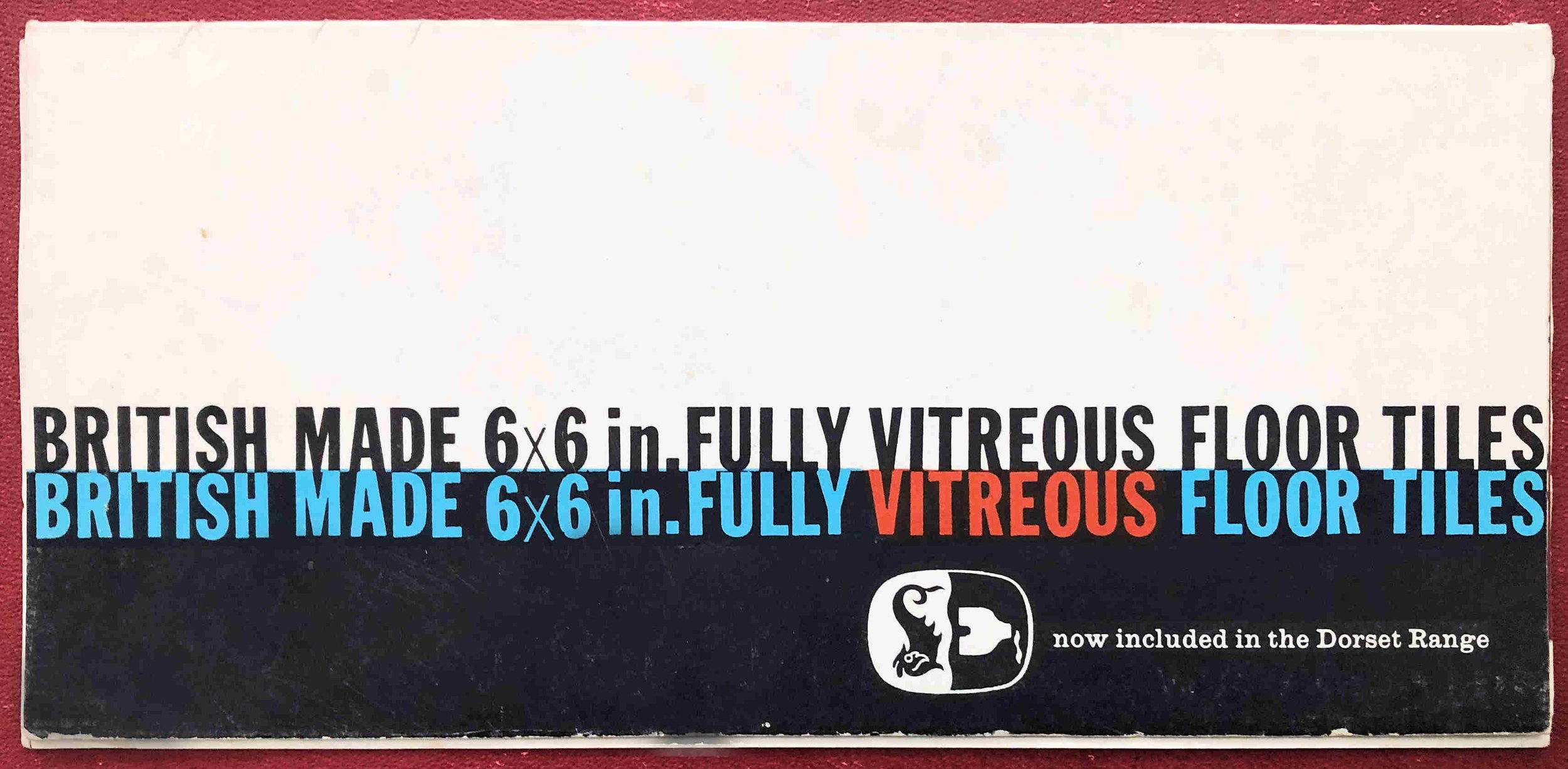
I continued working on mainly leaflet design with Guy Stringer, the Poole division managing director until approx. 1975, when he left and took a drop in salary and later became Director of Oxfam - and when, I understand, Pilkington + Carter were taken over.
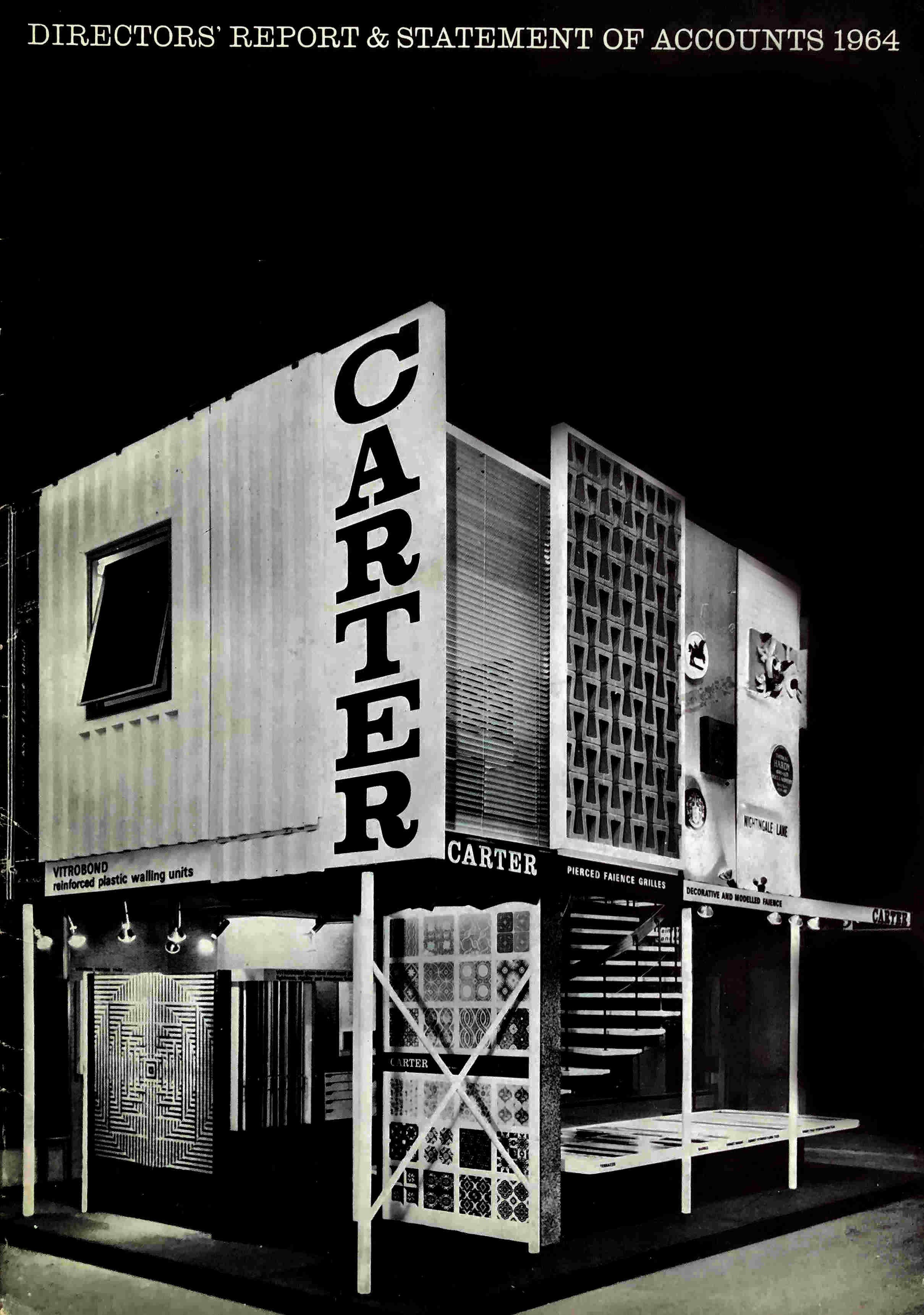
Above - Ivor Kamlish design for the 1964 Company report showing an Ivor Kamlish exhibition design.
We now live close to Regent’s Park in a small block of flats designed in the early 1960s by John Burkett. The entrance door is adorned by this three-dimensional design by William Mitchell.
